Sola opened in November 2019, on the Dean Street site that used to house the tapas restaurant Rambla. Sola reflects the Californian cuisine that was pioneered in the 1970s by a number of chefs including Alice Waters (at Chez Panisse) and Wolfgang Puck. The chef/owner of Sola, Victor Garvey, was born in Barcelona but has American parents, and in his career he worked with, amongst others, the gifted and influential chef Julian Serrano at Picasso. Mr Serrano was formerly head chef of the late lamented Masa in San Francisco, another pioneer of Californian cuisine, where I recall many fine meals in the 1990s. Mr Garvey has also worked at Ryugin in Tokyo, and several of his dishes show a Japanese influence.
Sola has a small dining room which at the time of writing was supplemented by a trio of outside tables on Dean Street, which was temporarily pedestrianised as a Westminster Council-authorised response to the pandemic. It was nice to be able to eat al fresco in Soho with just passing pedestrians for company rather than cars and black cabs, and it would be good if this street-dining innovation can somehow be retained. The tasting menu today was priced at £109 for eight courses, and there was also a four-course menu available at £69. Wine pairing was available at £49 for the shorter menu or £98 for the longer menu. I have written previously about the concise, and unusually fairly priced, wine list in an earlier review, so I won’t repeat that here.
The tasting menu today began with a quartet of tuna appetisers, served on a wooden block in the shape of California. The bluefin tuna was from a sustainable source in Spain, where the fish are kept in very large offshore enclosures until they are grown. Chu toro, the semi fatty cut of tuna, was smoked and served with pickled onion and freshly grated wasabi on a little nest of sweet potato crisp. Akami, the lean cut from the back of the tuna, was served as tartare with foie gras, Australian black truffle and a tomato gastrique, wrapped in a crisp cylinder. A further piece of akami had been slow-cooked and was topped with Jabugo ham, caviar and chives. Carpaccio of otoro, the fatty belly of the tuna, came with gribiche mayonnaise sauce using quail egg, preserved lemon and chilli. The tuna was high quality, from the same supplier that is used by the excellent sushi restaurant Endo. These were an excellent and elaborate set of canapes, with the tartare being my favourite (a comfortable 16/20 as the average of the four).
This was followed by gazpacho made using tomatoes from the south of France. This was poured over candied beetroot, beetroot sorbet and compressed cucumber. The chilled soup had plenty of tomato flavour, but for me there were more elements than really necessary: a well-made gazpacho doesn’t need additional flavours, pleasant though the cucumber and beetroot were, and to me the extra flavours somewhat distracted from the gazpacho itself (15/20). The soup came with excellent rosemary focaccia, made in the kitchen, that had very light texture and just the right amount of herb flavour (16/20).
The mackerel that followed was from Cornwall, and like other fish here was prepared by fisherman trained to use the Japanese ikejime method. The fish is killed with a spike that kills the fish instantly, which averts the lactic acid build-up from muscle spasms that often occurs when fish struggle in nets after being caught. The method is not only more humane but results in better flavour, which is why it is pretty much universally used by fishermen in Japan. The mackerel was blowtorched to sear it and was served with compressed watermelon, kohlrabi, tomato with ponzu (citrus sauce) and frozen sweet miso. The fish had excellent flavour and was lightly cooked, with the ponzu working nicely to cut through the natural oiliness of the mackerel (16/20).
Foie gras torchon is a classic dish, the name coming from the dish towel (“torchon”) that the foie gras was traditionally wrapped in to form a cylindrical shape. The terrine here was served with green mango, peanuts, coconut and a few little slices of brioche on the side. The torchon itself was well made, having smooth texture and good flavour; I believe that it followed a slightly adjusted Michel Guerard recipe. The mango was a logical pairing to bring some balancing acidity but I found the peanuts to be distracting, and were too strong a flavour when I really wanted to savour the taste of the liver. I would have scored this dish higher if the peanut element had simply not been present: sometimes “less is more” as the saying goes (14/20).
Spiny lobster is a particularly delicate shellfish that is prized in Spain and Portugal, but can also be found off the coast of Devon and Cornwall. It was presented here alive and kicking before it was prepared in the kitchen, and pieces of the flesh were later flambeed at the table. This natïve lobster was served alongside foie gras and mushroom tortellini, cabbage and daikon, which rested in an Asian broth flavoured with ginger. The pasta had excellent texture and the spiny lobster was tender, but I particularly liked the deeply-flavoured ginger broth, which I thought combined particularly well with the other elements (17/20).
Wild seabass from a large 6.5 kg fish was topped with kaluga caviar. Kaluga is quite close in flavour to beluga, which is hard to find these days. Wild beluga is endangered and its sale is banned, though there are some farmed specimens, such as a good Belgian beluga that you can get from the supplier Kings Caviar. Kaluga (“river beluga”) is a hybrid sturgeon that, along with oscietra, is perhaps the most prized. The version here was from the top-notch supplier N25, who supply several three-star Michelin restaurants. The sea bass was served with leeks steamed with Japanese sake, yuzukosho (a fermented Japanese seasoning involving chillies and yuzu), herbs and a seafood bisque emulsion. A yuzu beurre blanc was added to the bisque at the table. The sea bass had good flavour though perhaps was cooked a fraction longer than ideal, but the bisque emulsion had excellent flavour. The excellent caviar added a further luxurious dimension, though for me the yuzu beurre blanc was one more element than was really needed (15/20).
French squab pigeon from the supplier Domaine des Maitre Pigeonniers in Lauzach, and came with slices of white peach and roasted sand carrots. This all rested in a jus flavoured with togarashi, a Japanese spice mix that involves ingredients including chilli, sesame seeds, sansho pepper, orange peel, ginger and seaweed. The pigeon itself was high quality, had good flavour and was nicely cooked, and the peach brought its acidity to balance the richness of the meat. I am a fan of spice, but somehow here the togarashi was a little too dominant, with so many flavour elements fighting for attention. Pigeon and pepper is an excellent combination, as can be seen via a signature dish of Pic in Valence, and I wonder whether just a sauce involving meat juices and sansho pepper might have worked a little better (14/20).
Sollies figs from the Cote d’Azur were ripe and had excellent flavour balance. These were served with fig leaf frozen yoghurt, barley miso, honey, almond and a touch of rosemary. The acidity of the figs made this a refreshing pre-dessert (15/20). A classic opera cake had very good texture, with attractive layers of home-made sponge soaked in vanilla and coffee syrup. Two layers of chocolate cremeux were separated by a layer of salted caramel buttercream. The result had plenty of coffee and chocolate flavour. It was served with excellent vanilla ice cream using vanilla pods from Madagascar (16/20).
Service was very good, the staff being friendly and capable, and the drinks topping up was hard to fault. A selection of high-class teas from the excellent supplier Lalani was available, for example Moondrops first flush Darjeeling from Gopaldhara Garden tea estate in west Bengal. The bill came to £125 per person. The food at Sola has certainly developed since my first visit, and has become more ambitious, with genuinely high-grade ingredients appearing. At times the kitchen seems overly anxious to add additional flavour elements when it might be better to strip things back a little and let the ingredients do the talking. The food of legendary three-star Michelin chef Michel Guerard is an illustration of such restraint, there rarely being more than three elements on a plate at his long-established restaurant Pres des Eugenie, which has held three stars for over four decades. That caveat aside, this was a most enjoyable meal and one where a lot of culinary skill was on display. It was nice to see genuinely high-grade ingredients featuring in several courses. Sadly, this is all too rarely the case even in many high-end and pricy London restaurants.
Further reviews: 09th Jan 2025 | 20th Dec 2023 | 10th Mar 2023 | 03rd Dec 2022 | 28th Oct 2022 | 26th Aug 2022 | 04th May 2022 | 18th Dec 2021 | 06th Aug 2021 | 21st May 2021 | 24th Jan 2020 | 26th Nov 2019





































































































































































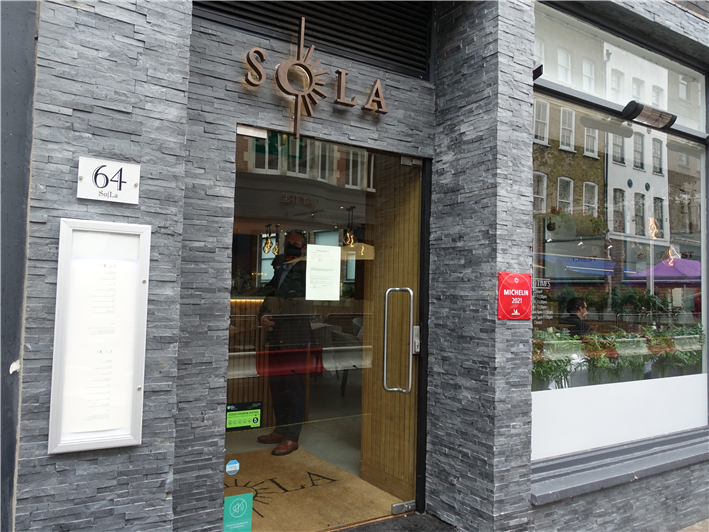
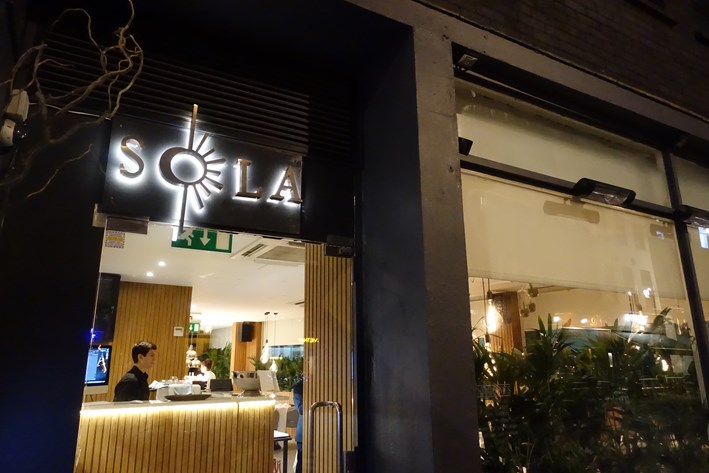
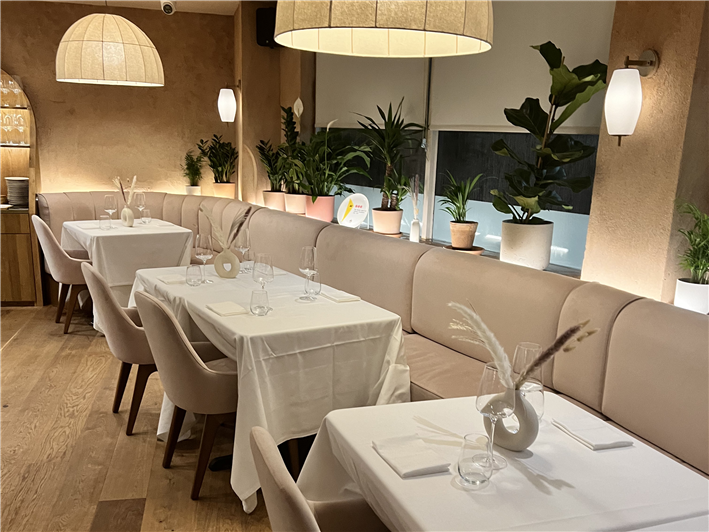
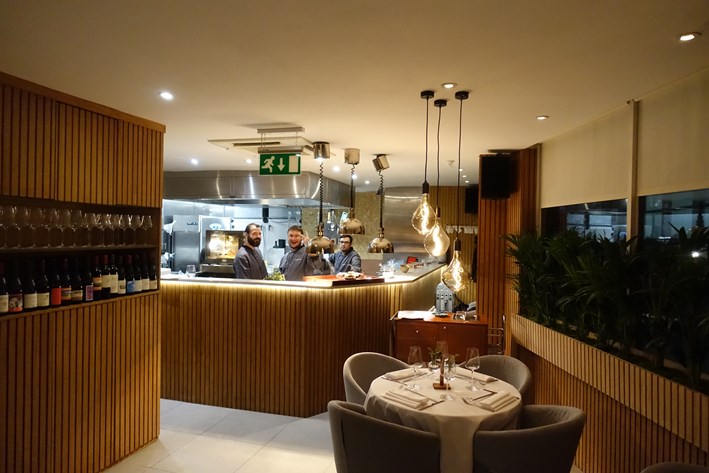


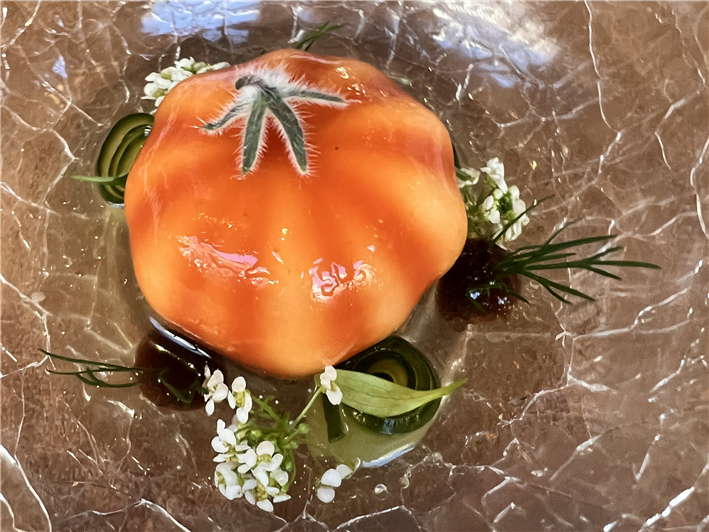
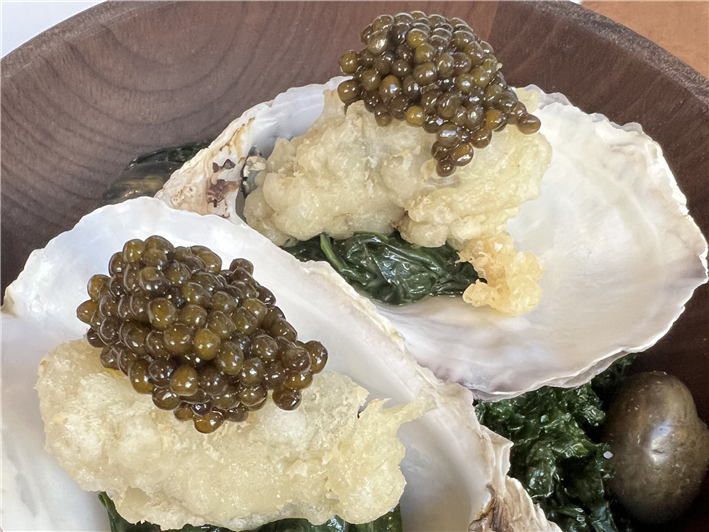
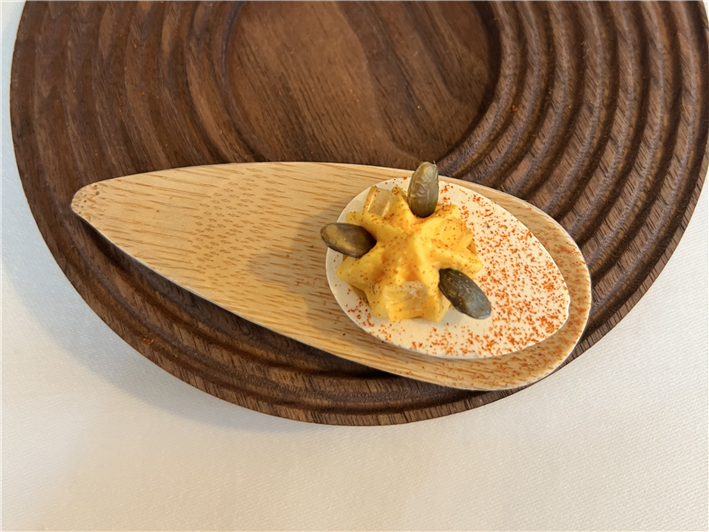
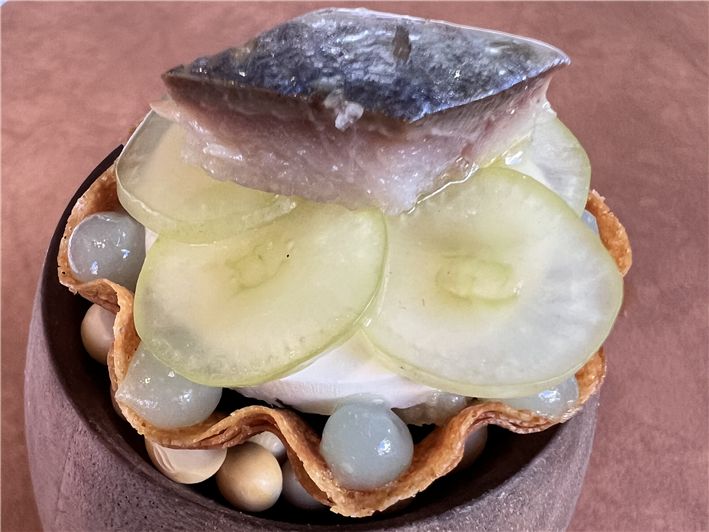
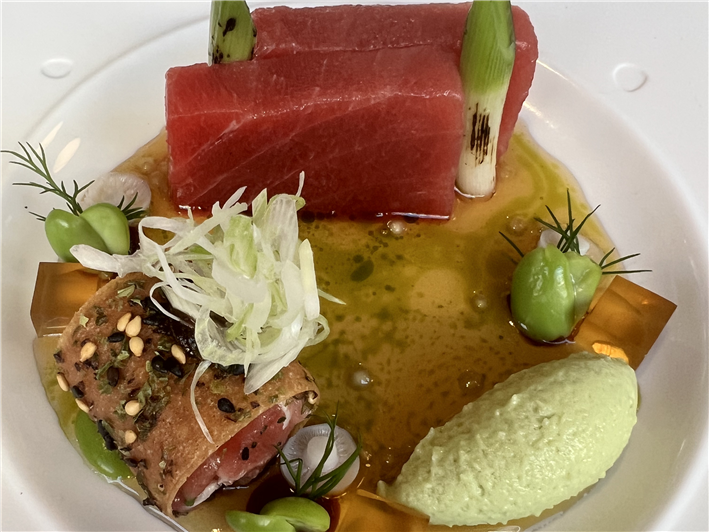
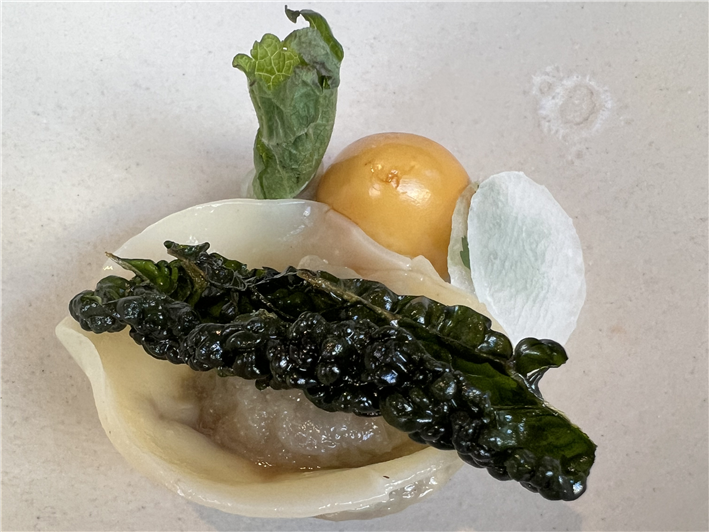

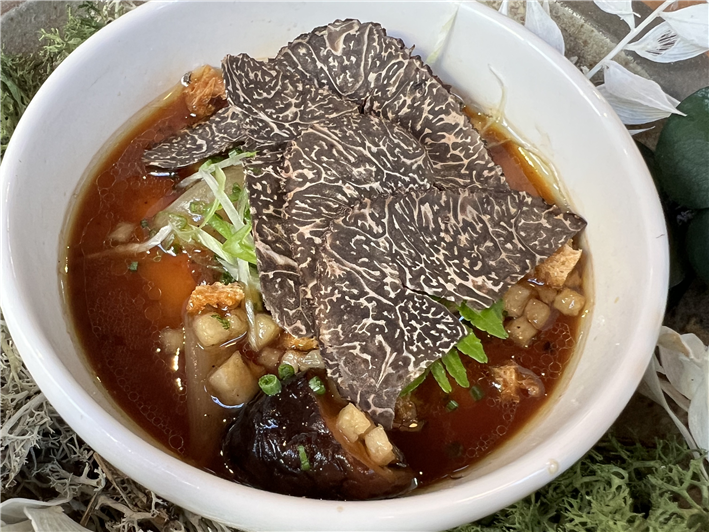

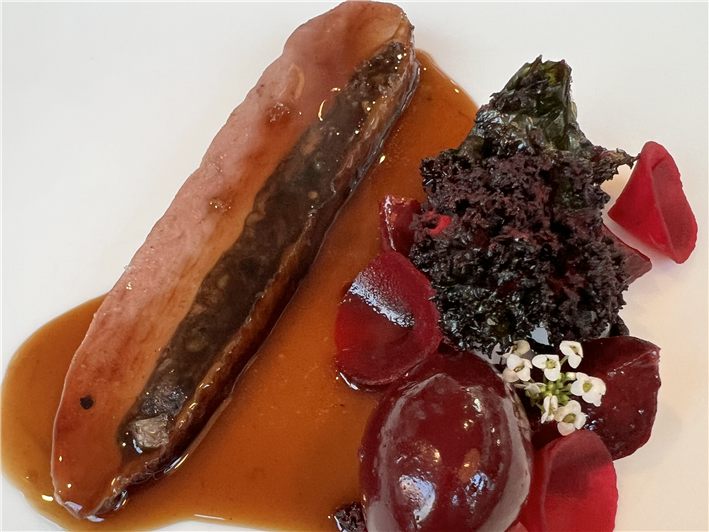
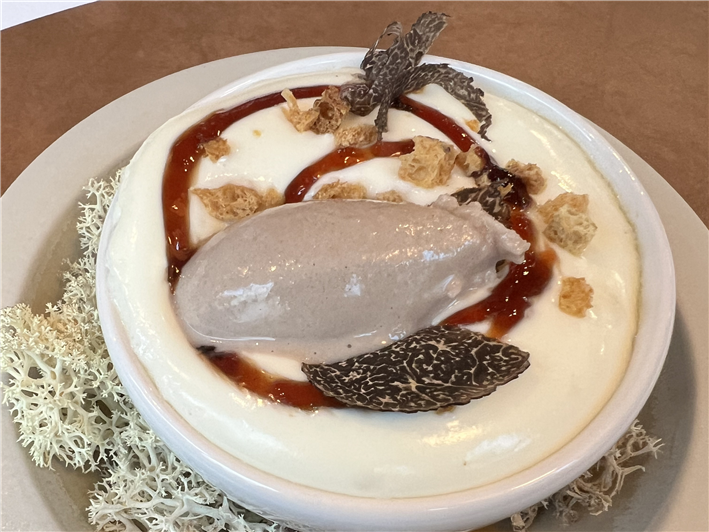
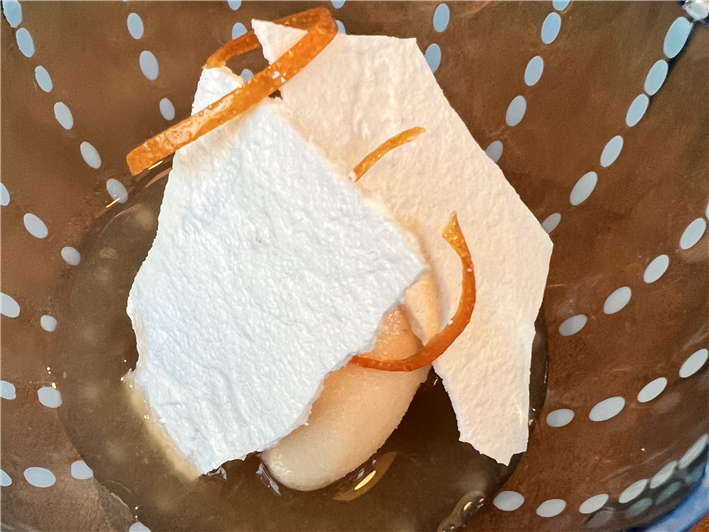
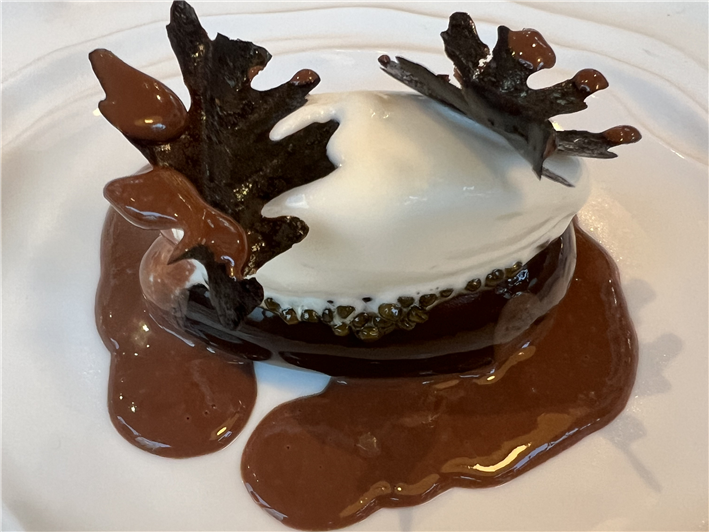

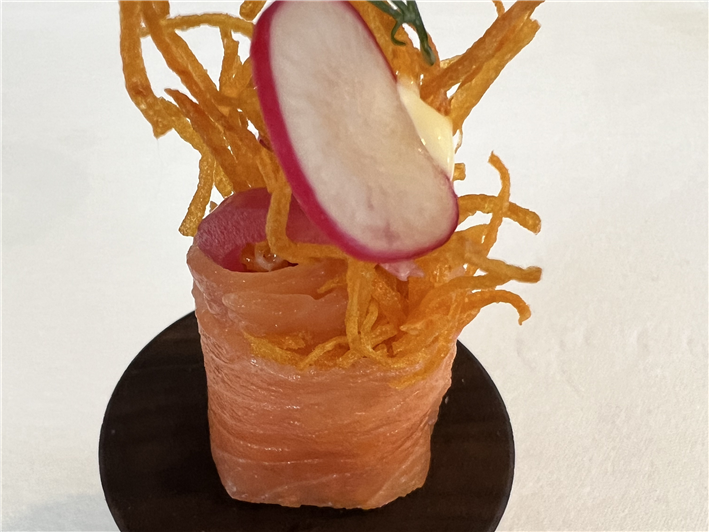
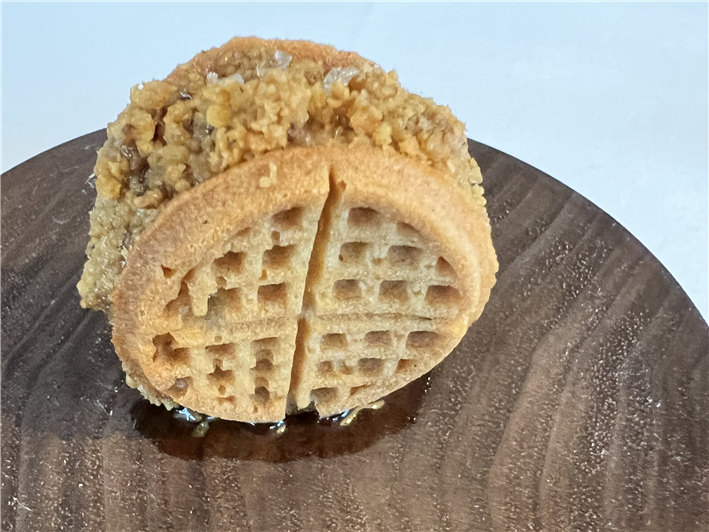


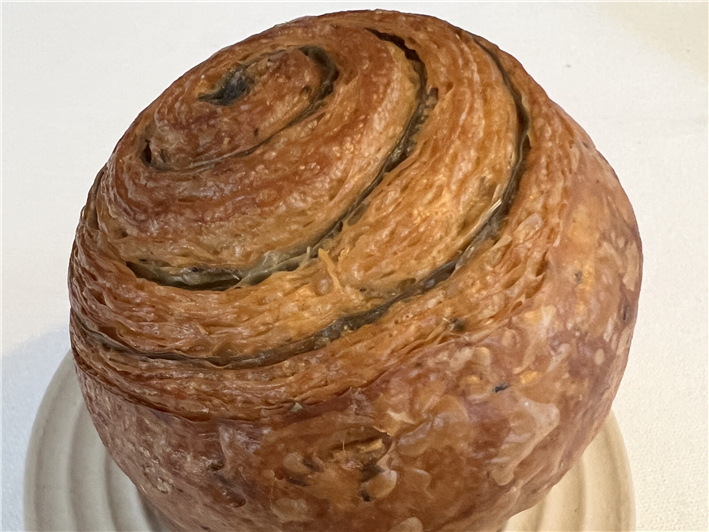


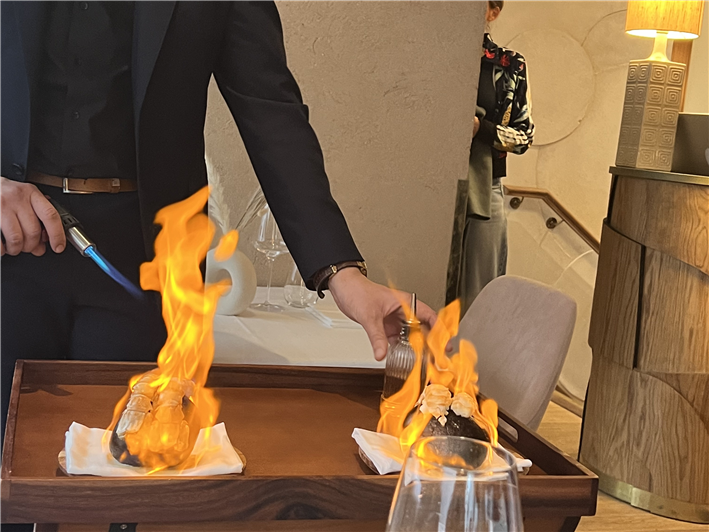
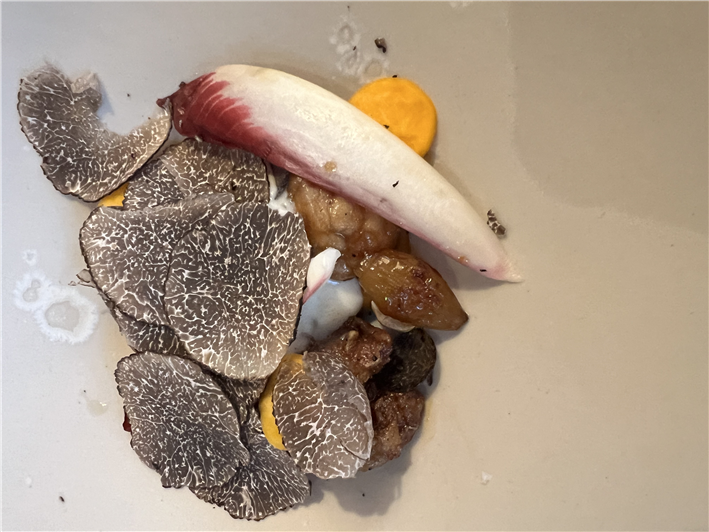
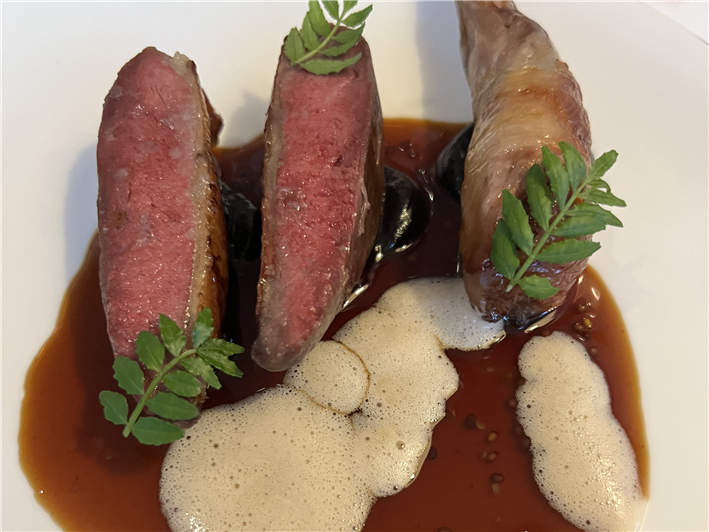
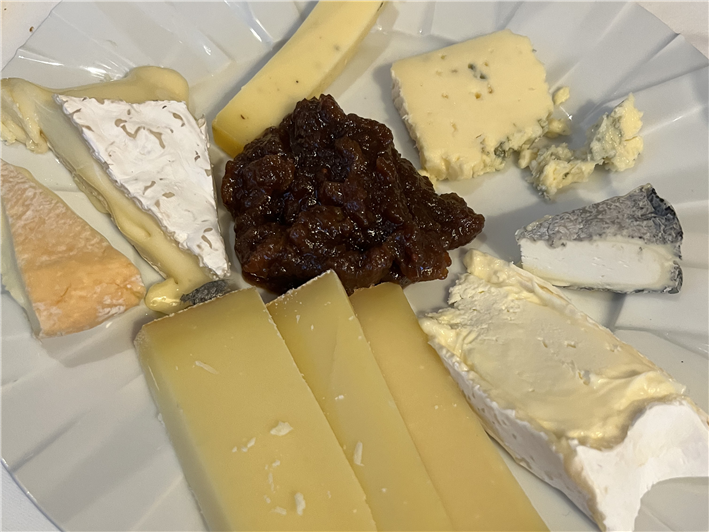






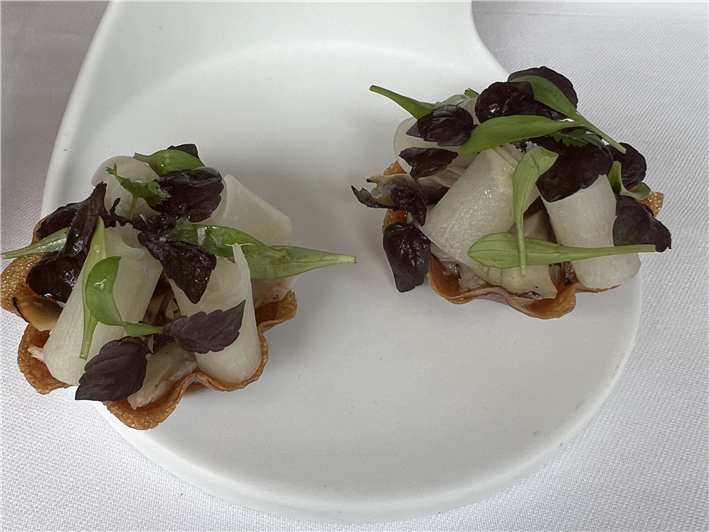
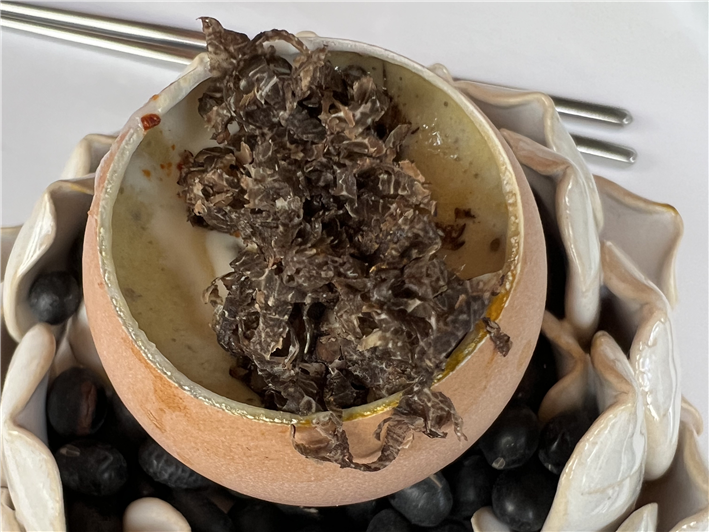
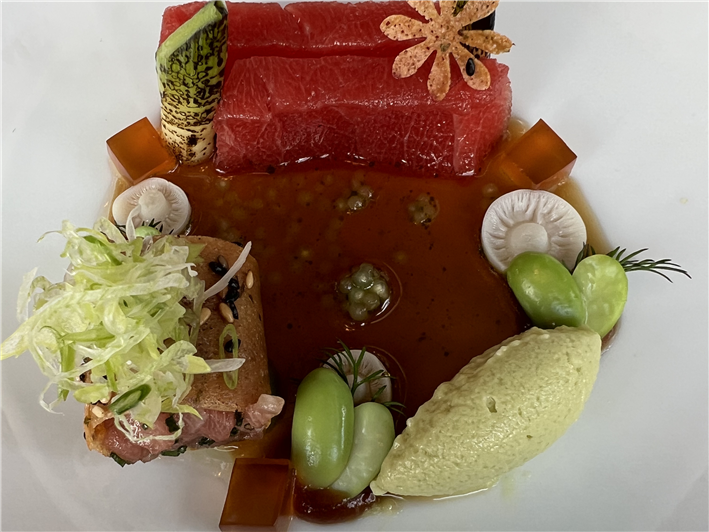

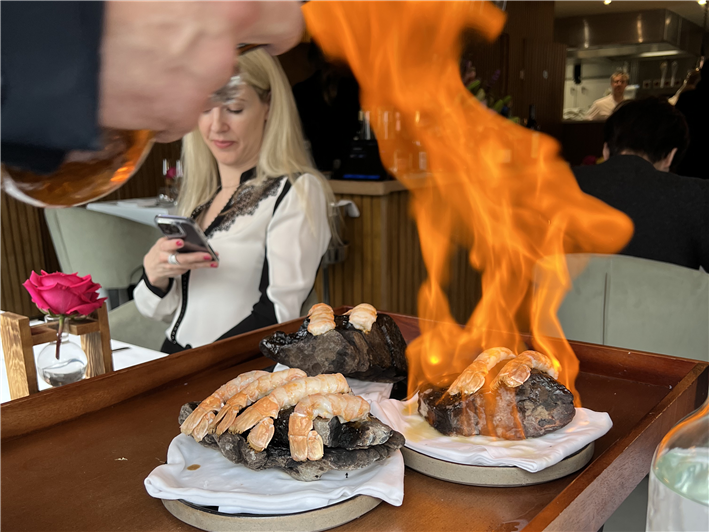

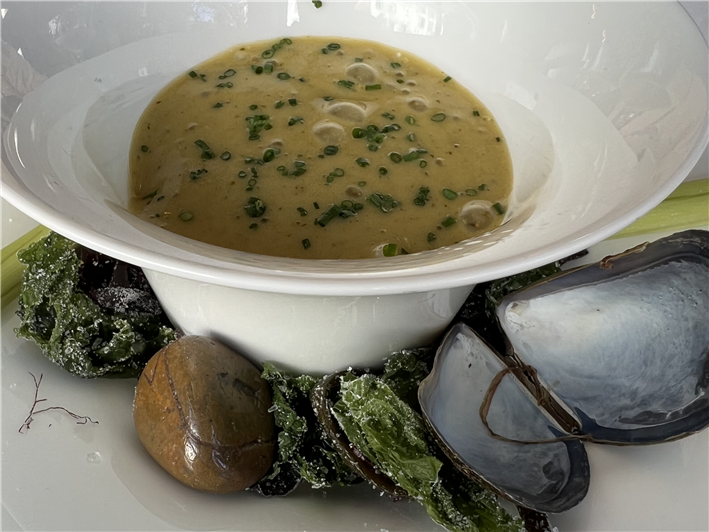


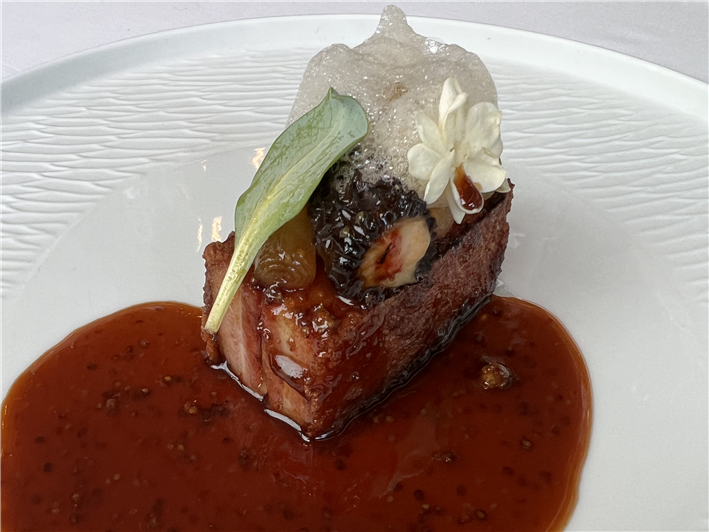

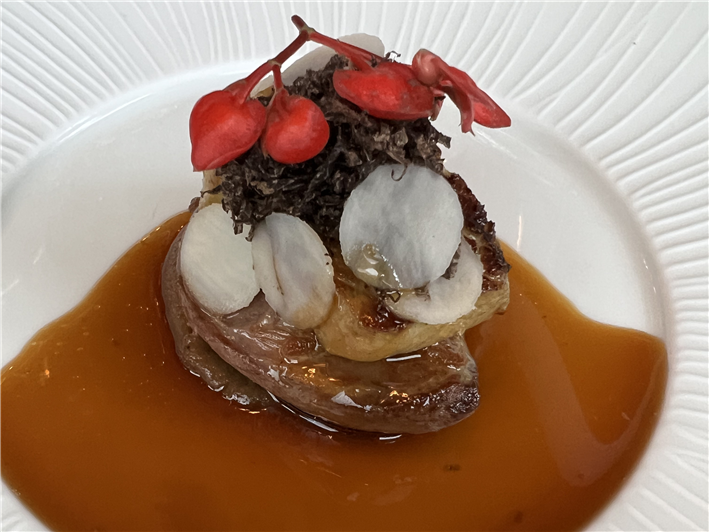
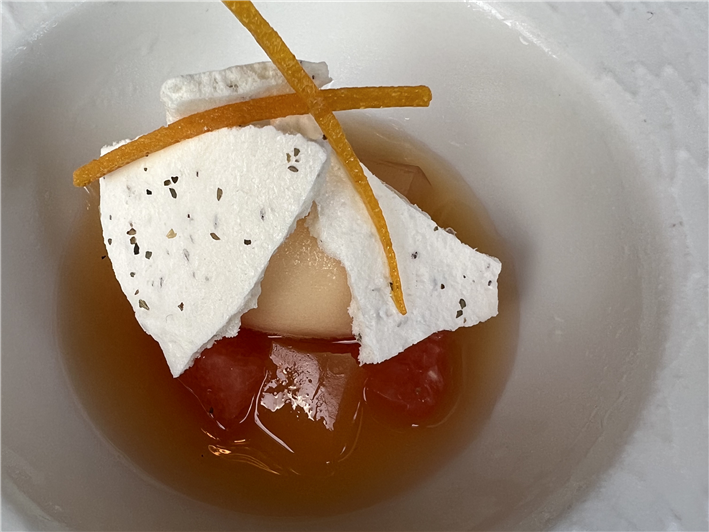



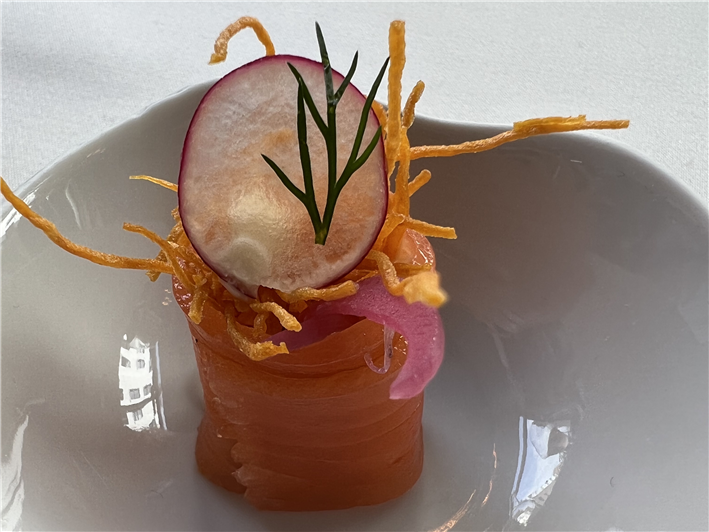
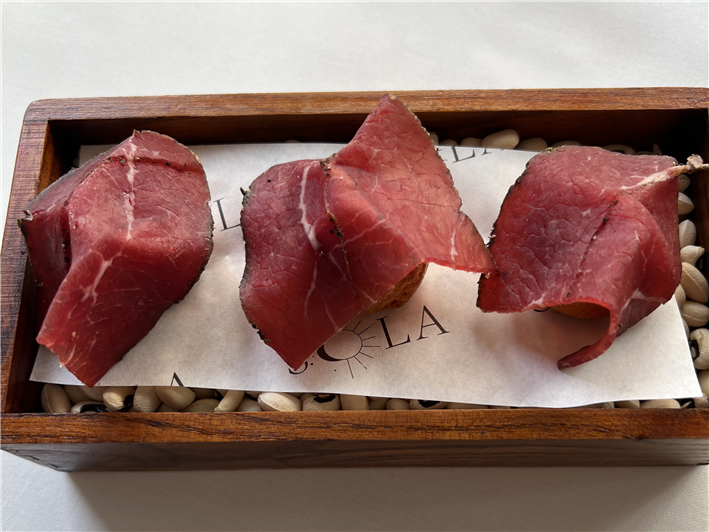
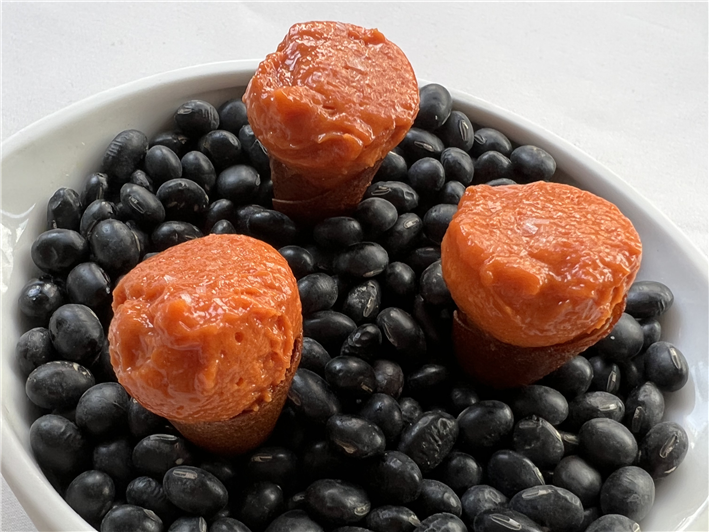
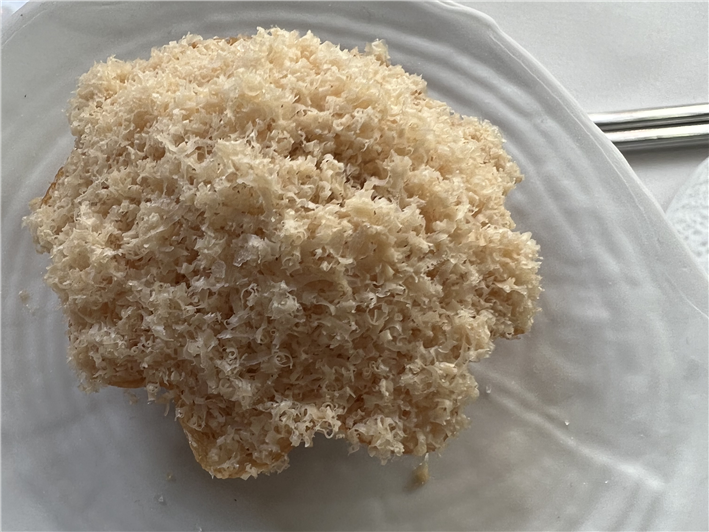

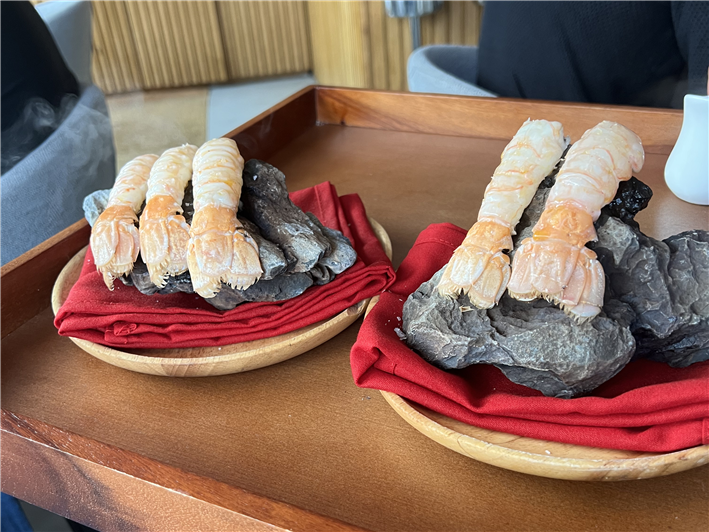



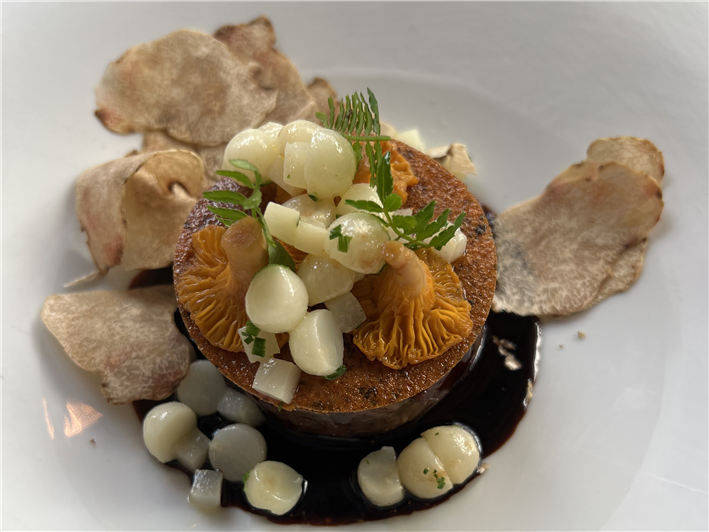
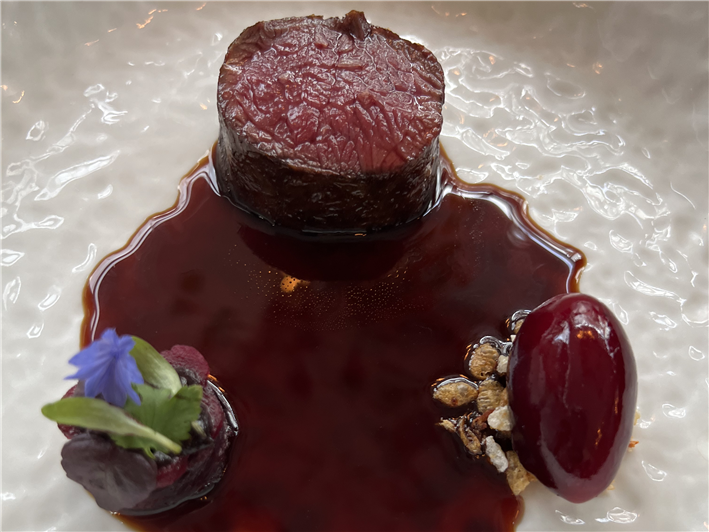
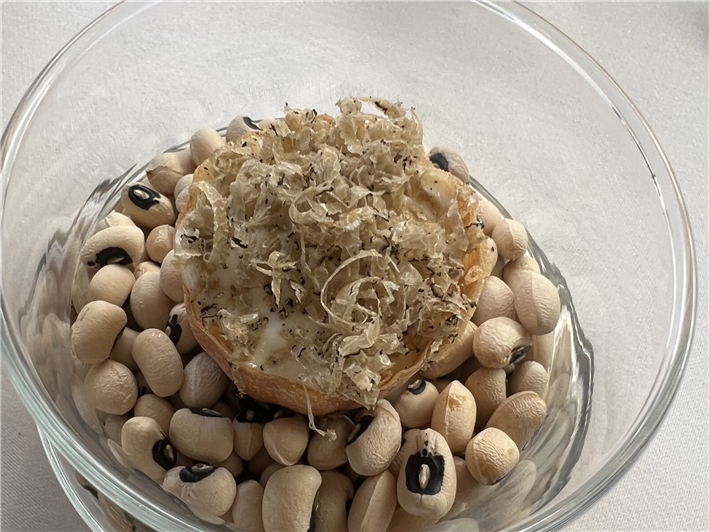

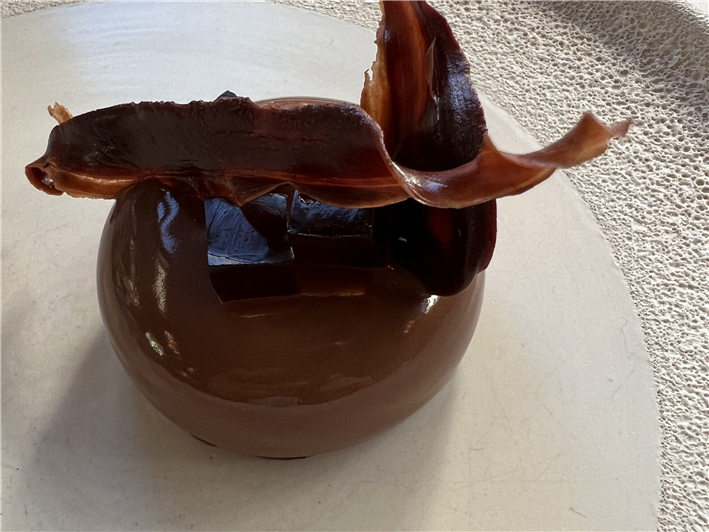
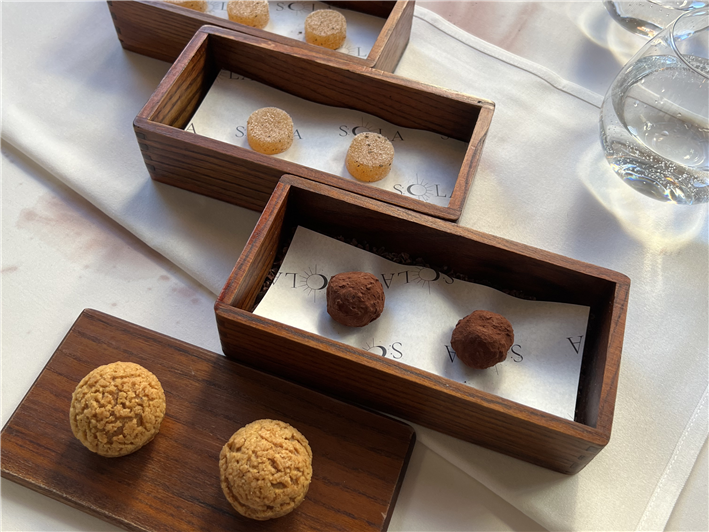
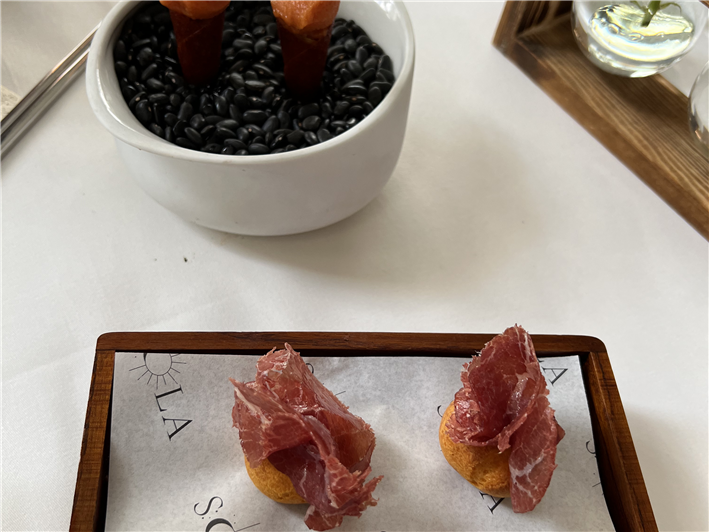
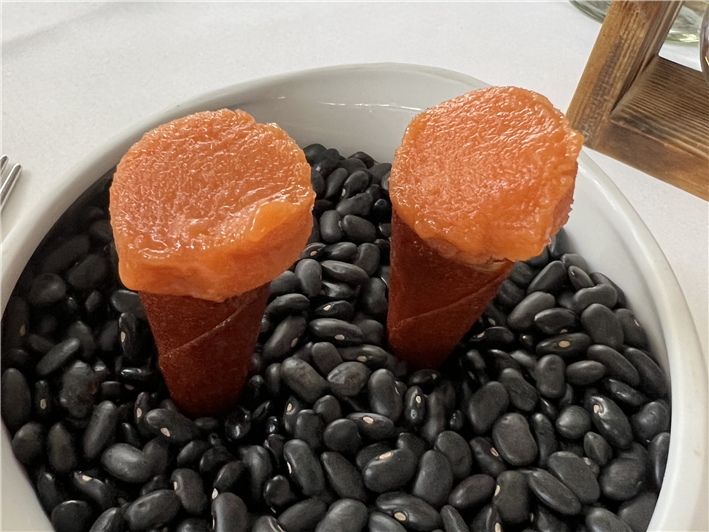
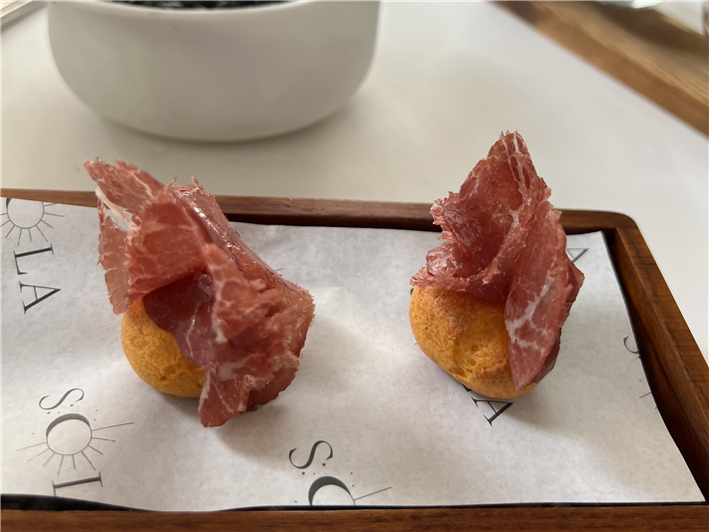

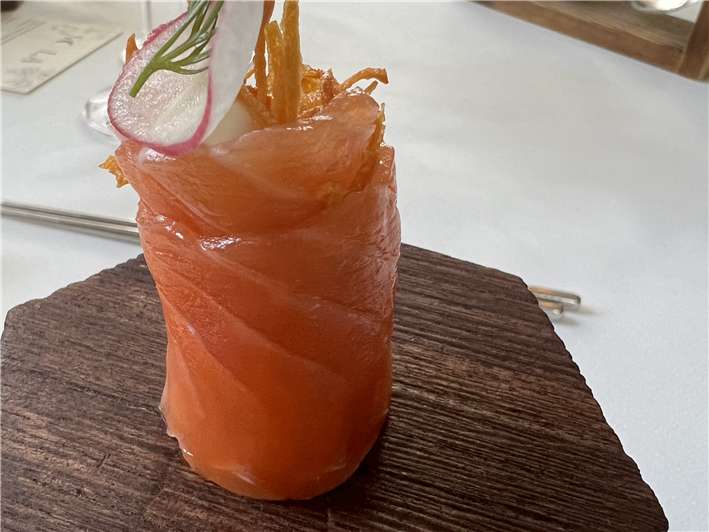
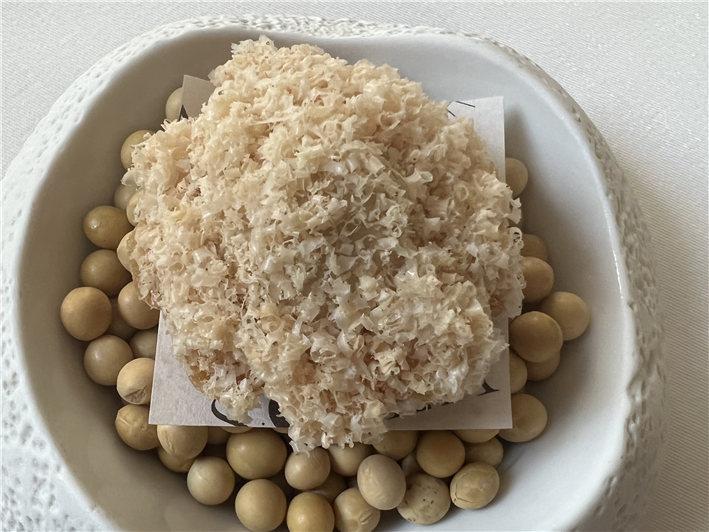
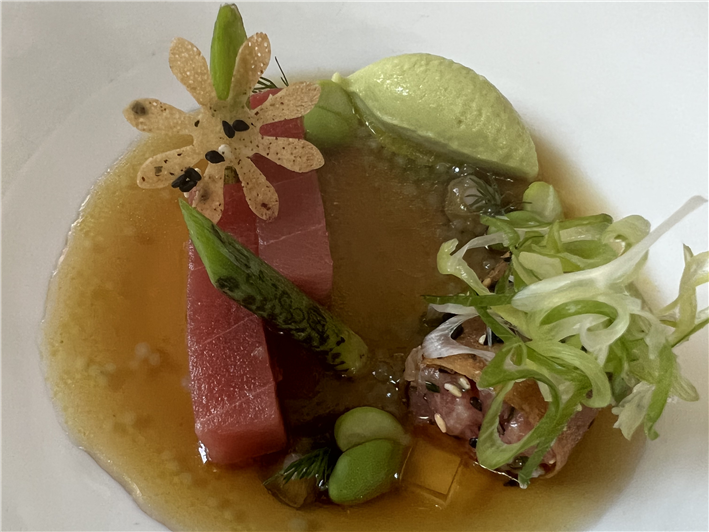

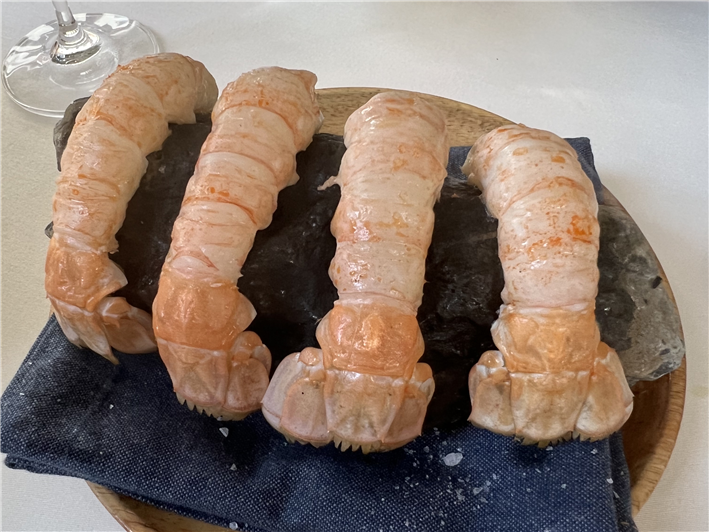

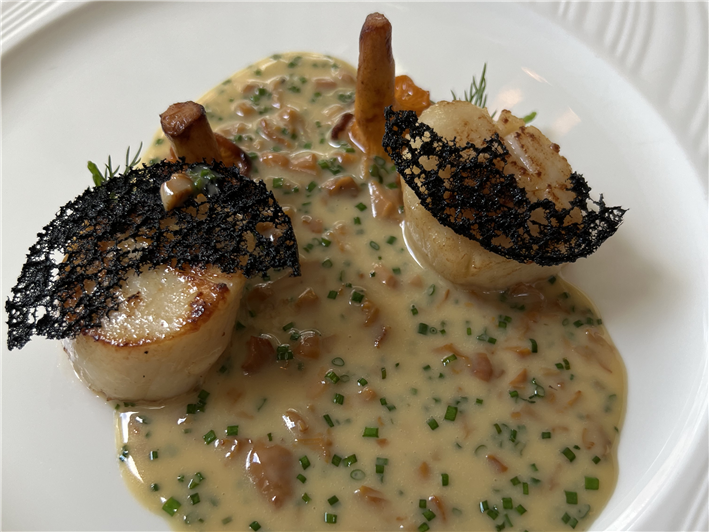
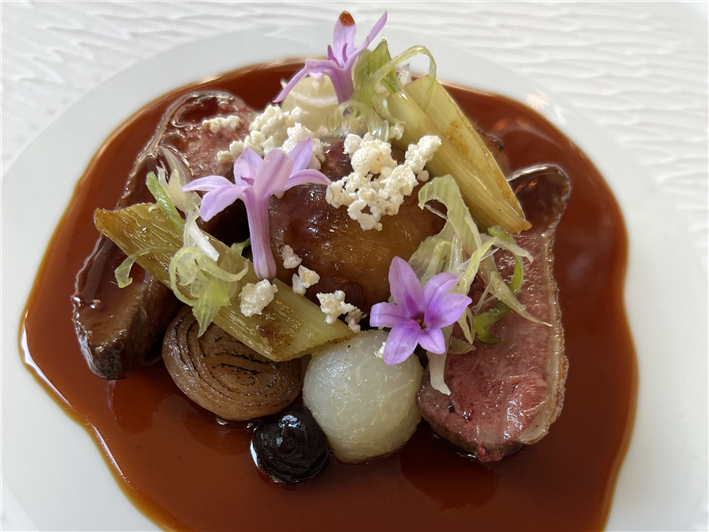

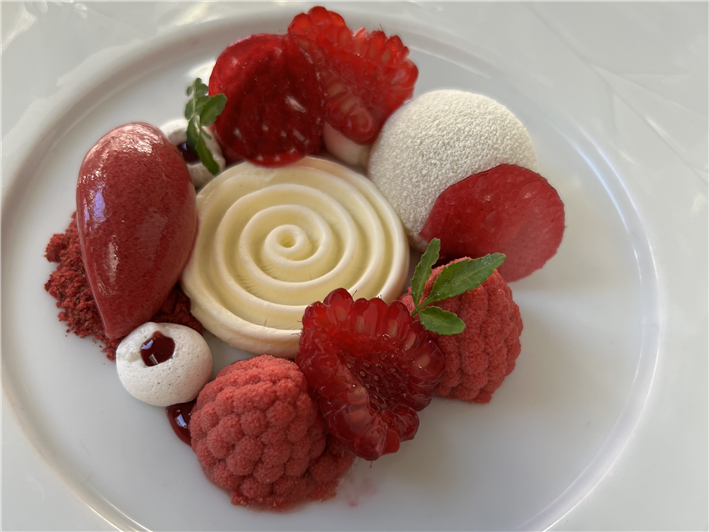
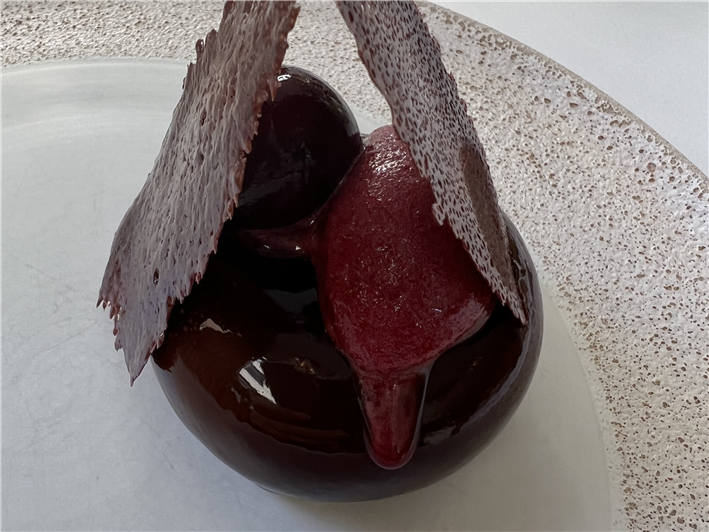
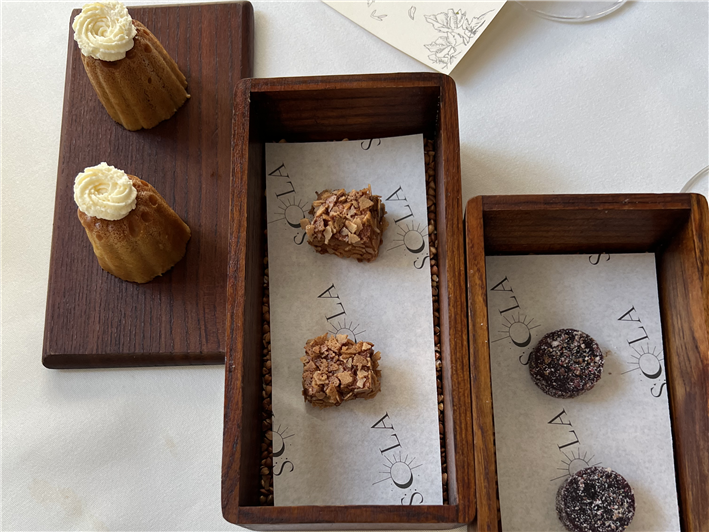












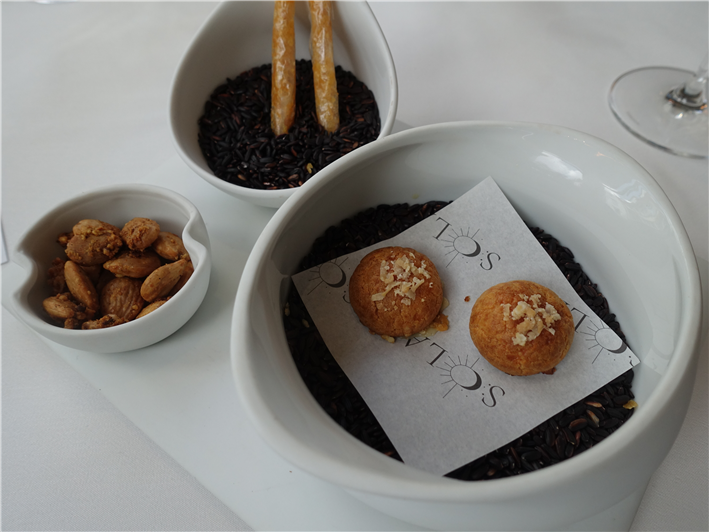
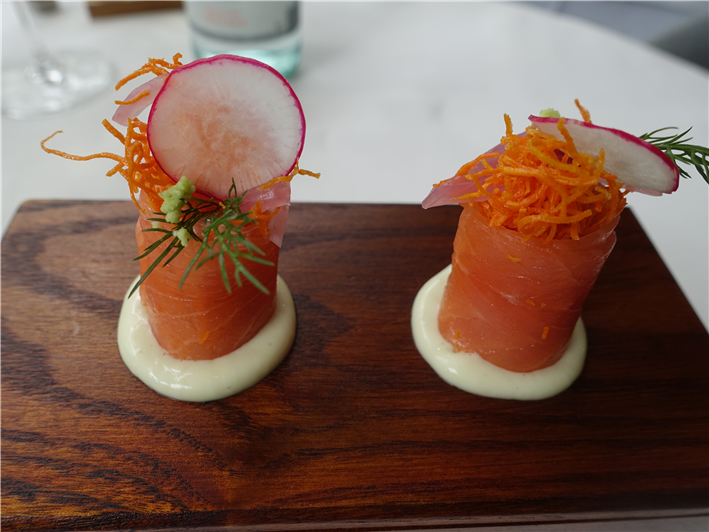
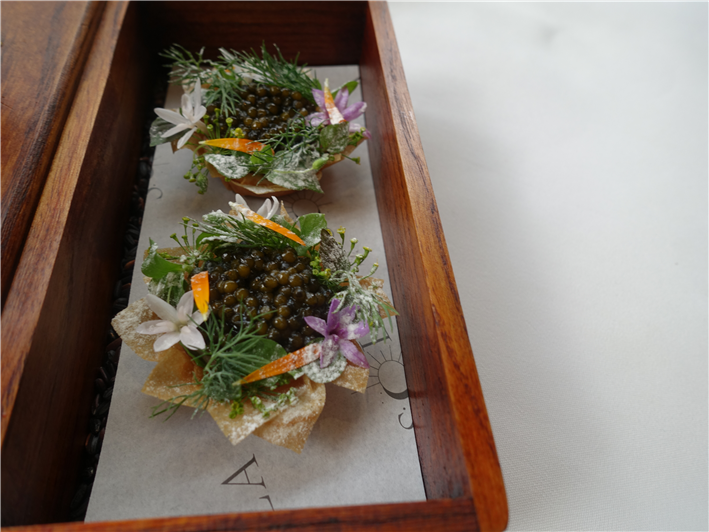
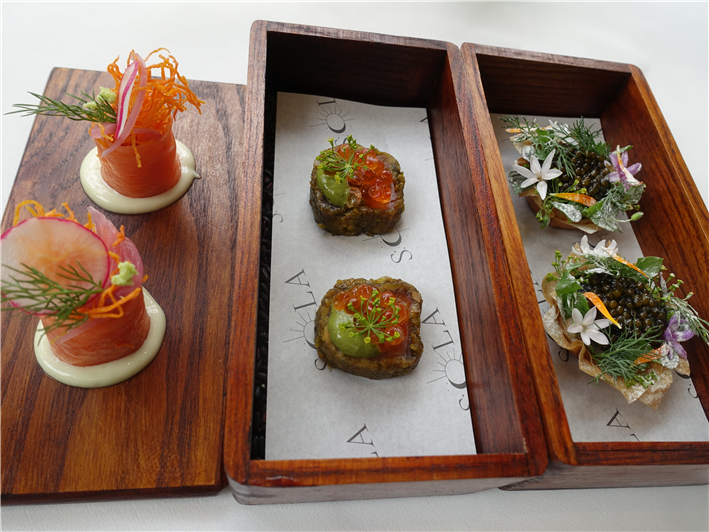

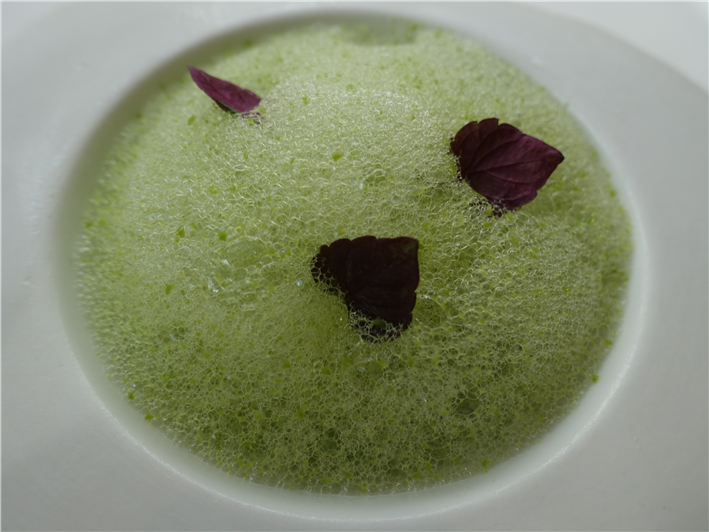

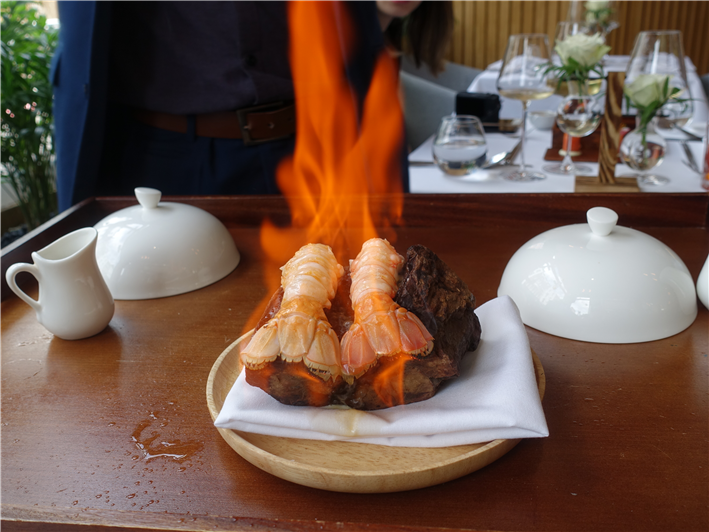

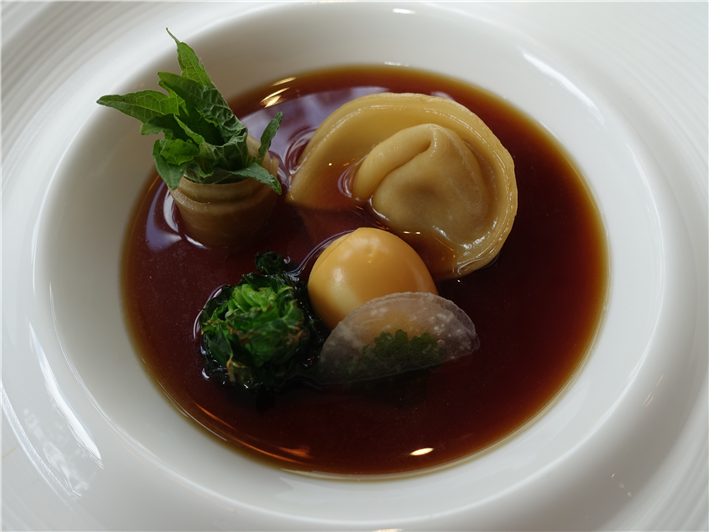
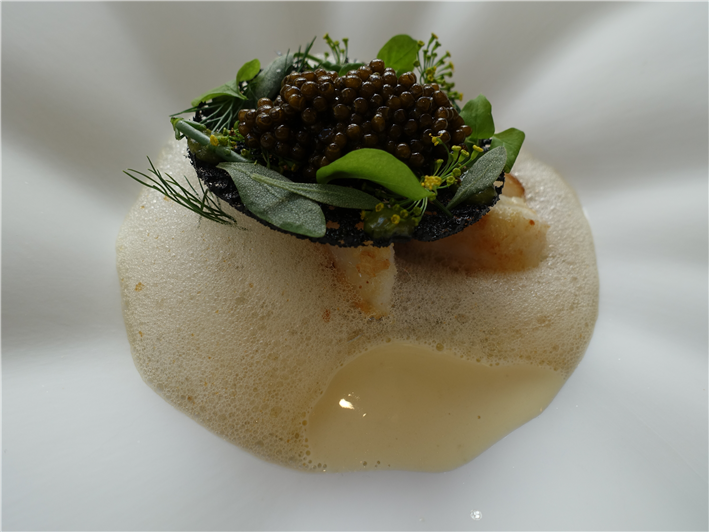
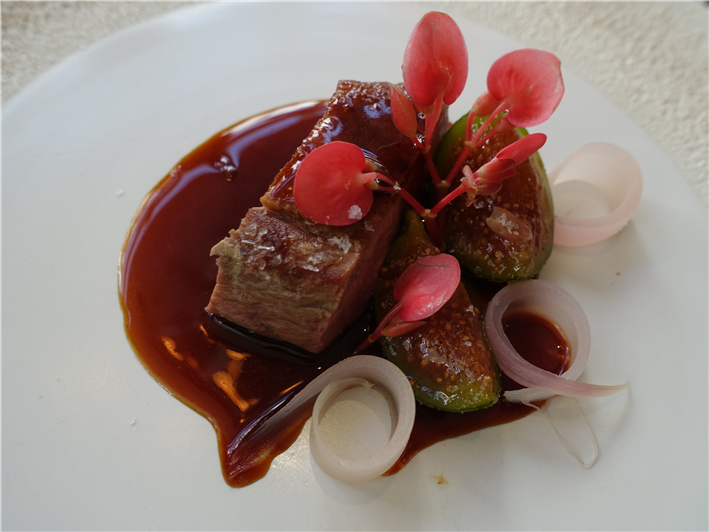



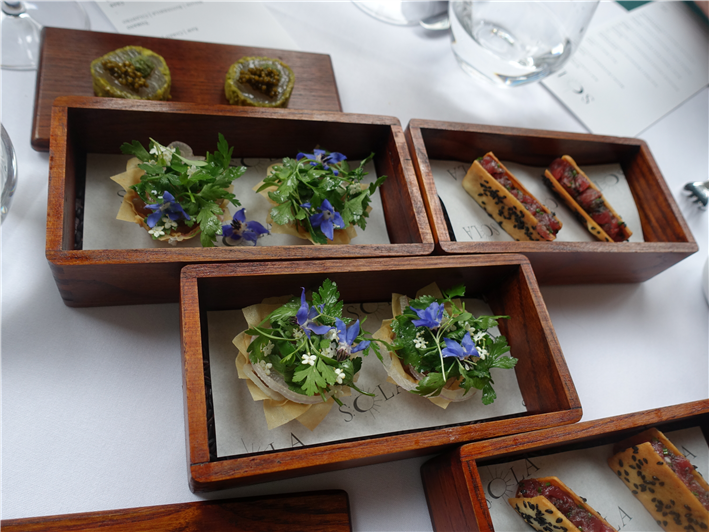
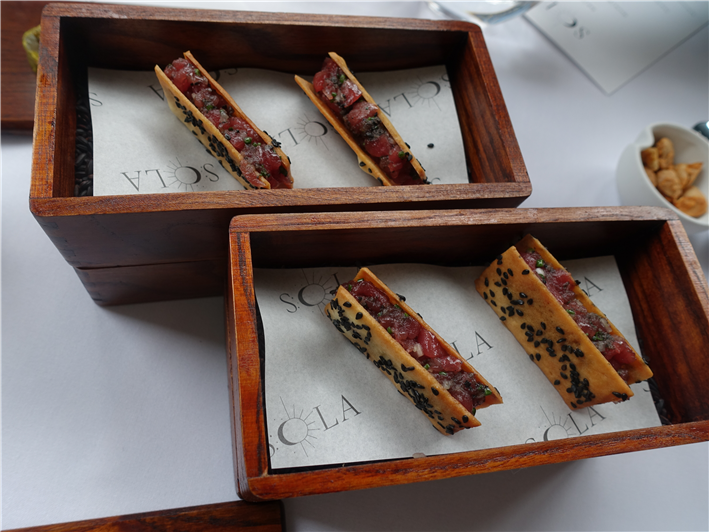


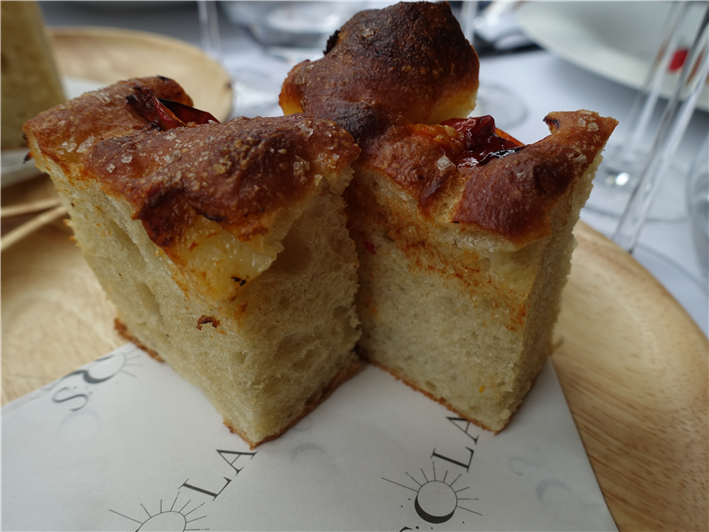
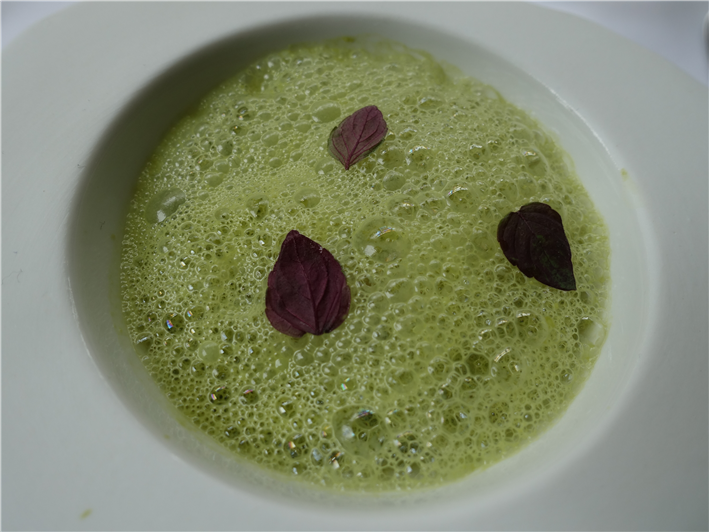
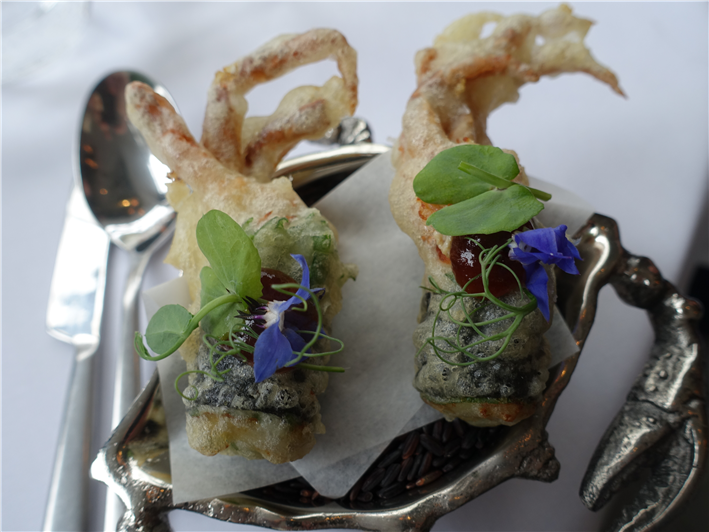


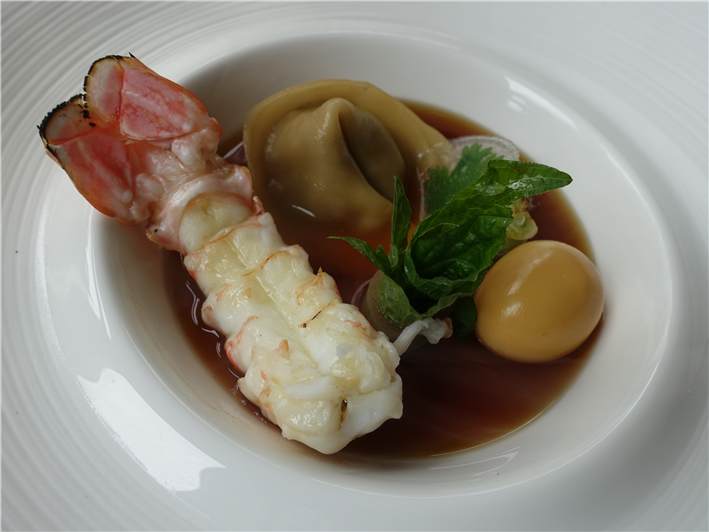
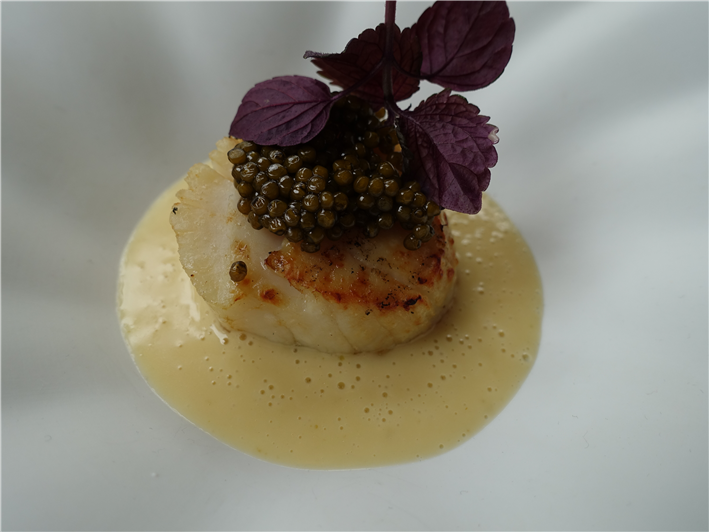
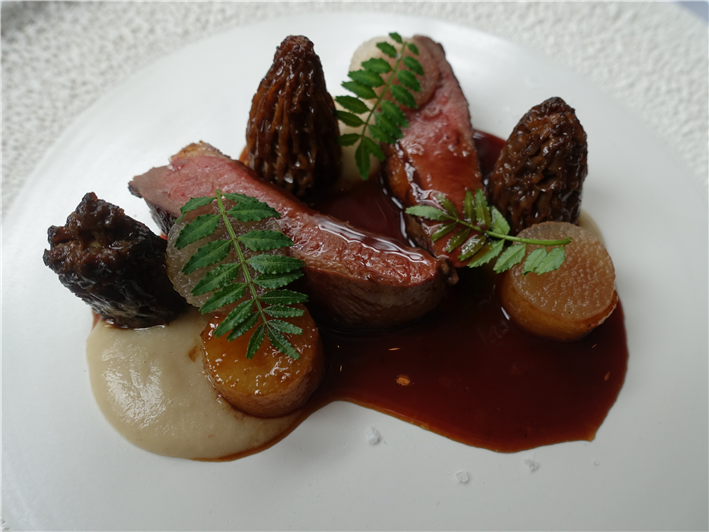
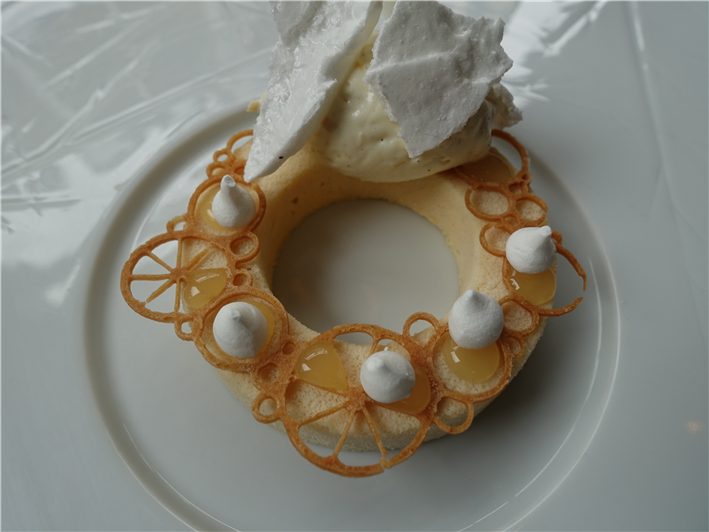
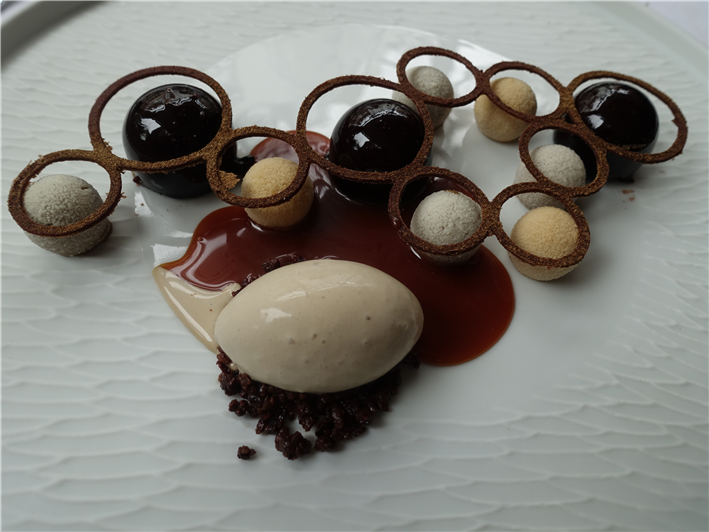

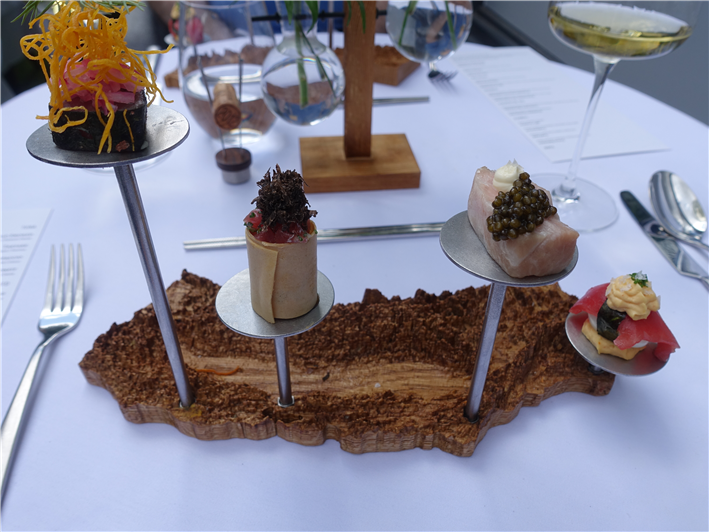
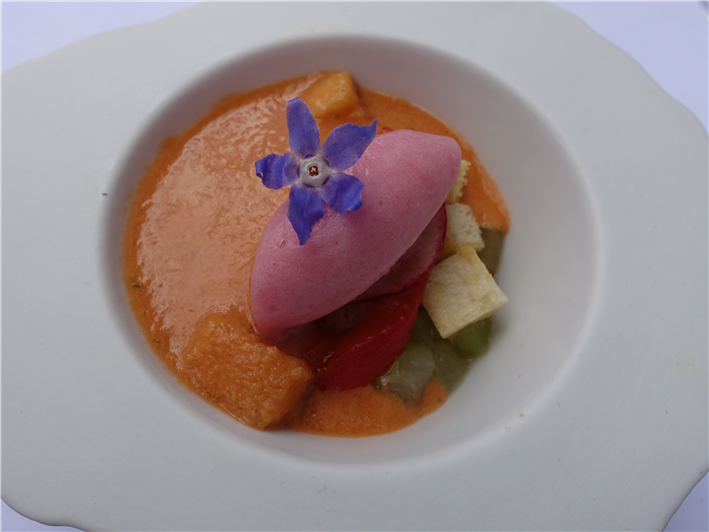


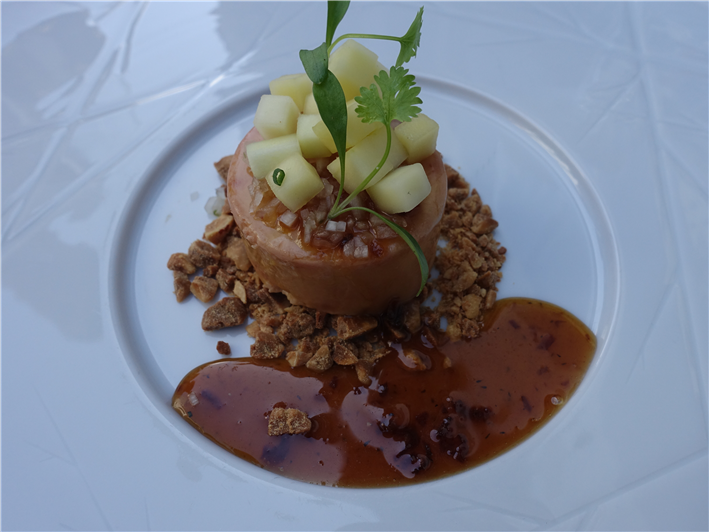

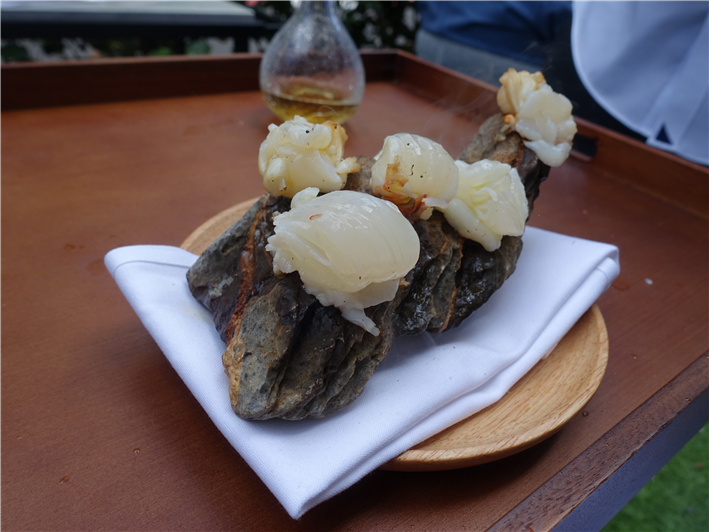
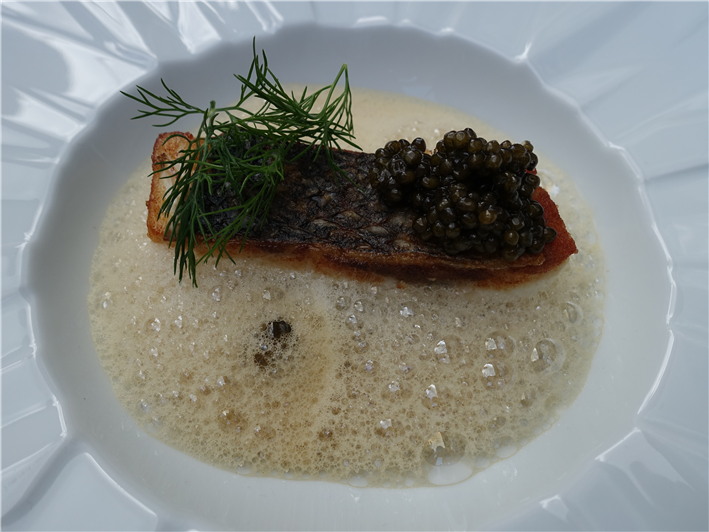
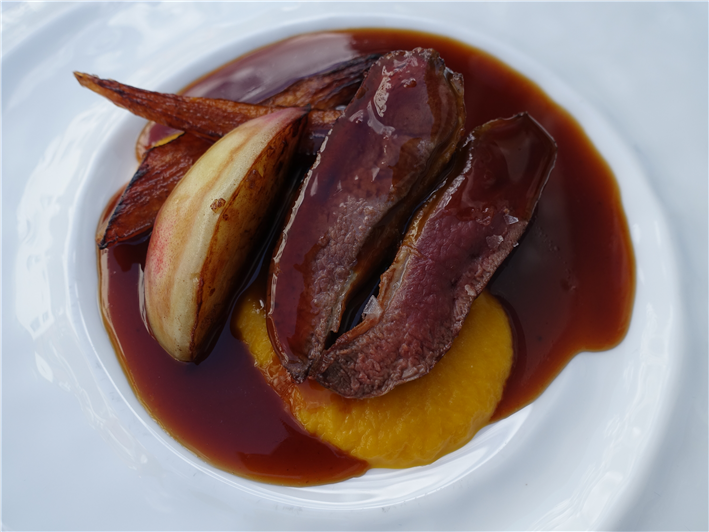
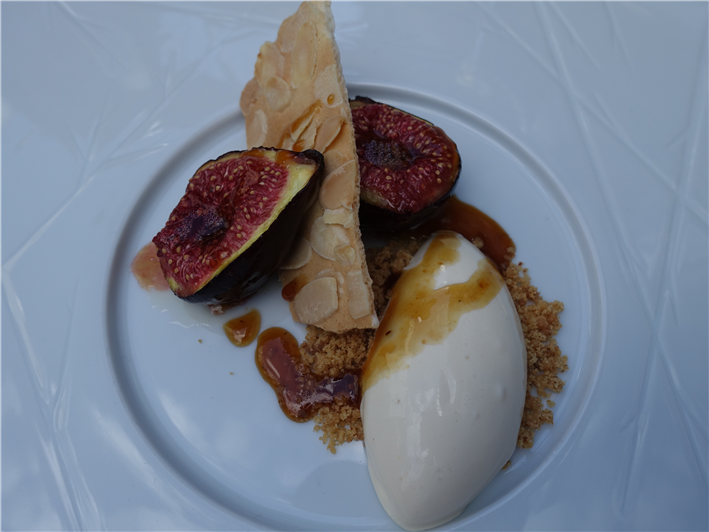
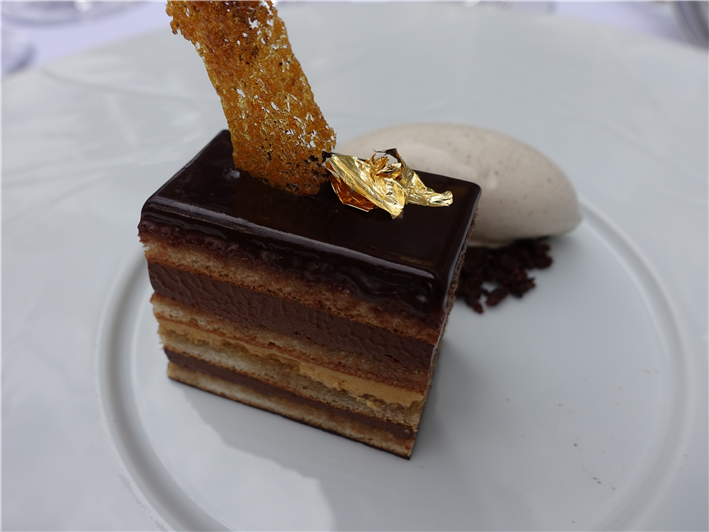

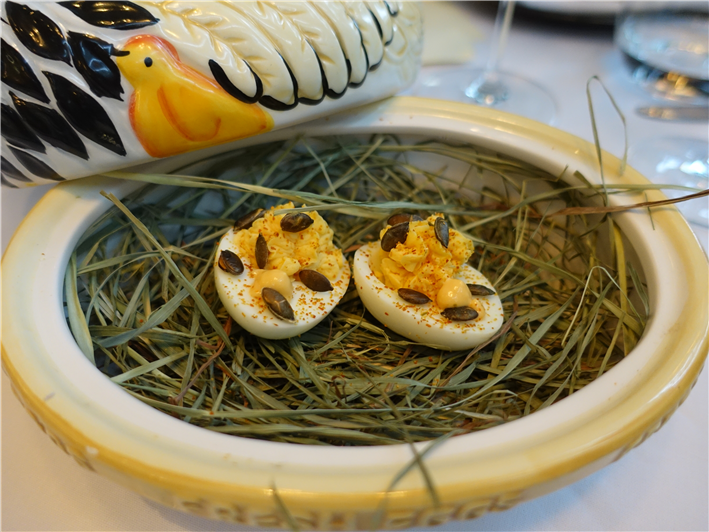



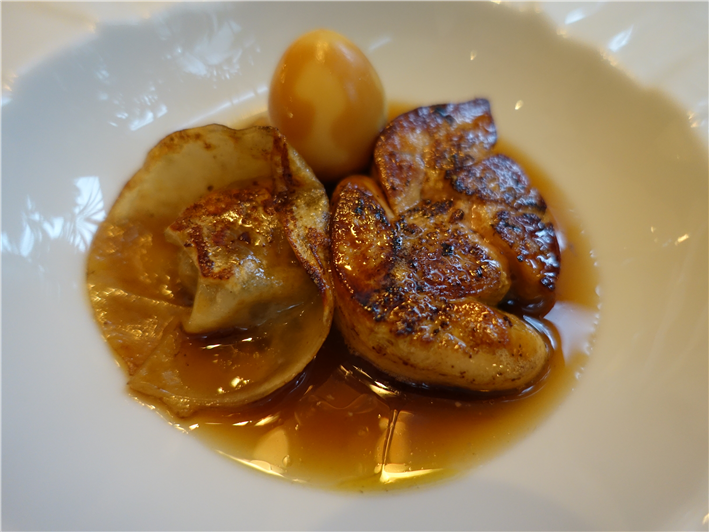

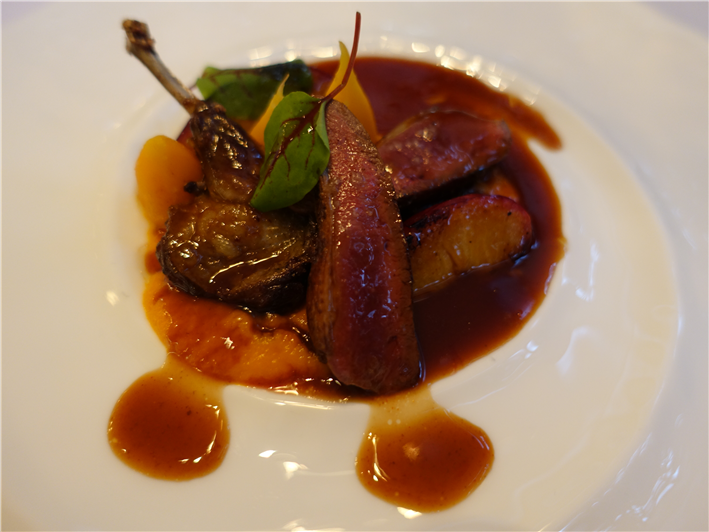
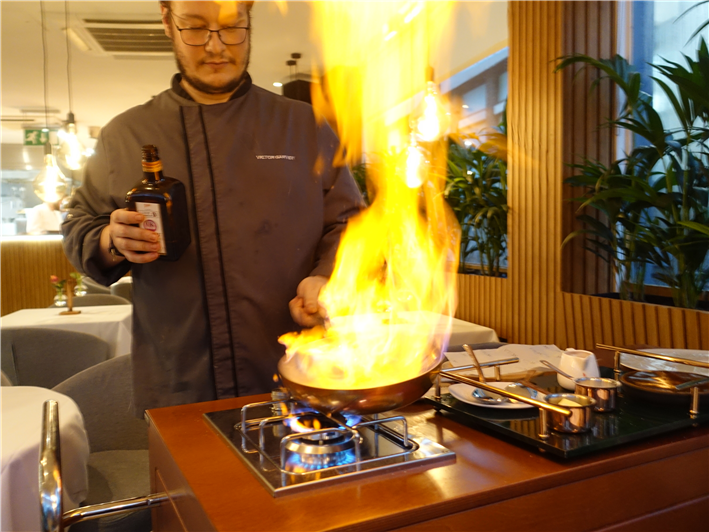
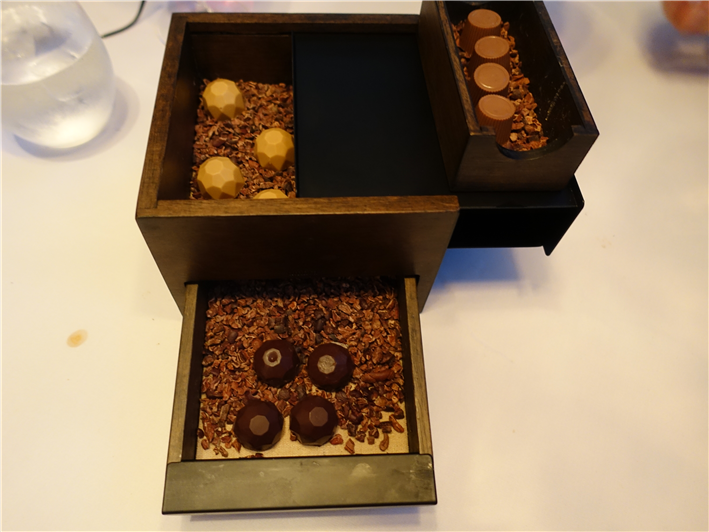
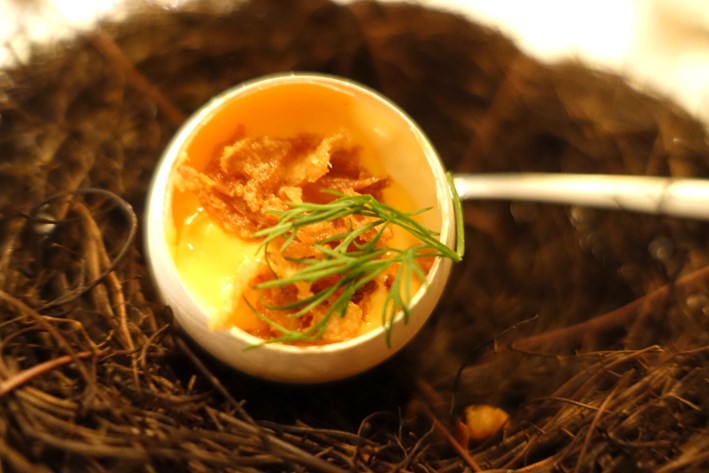
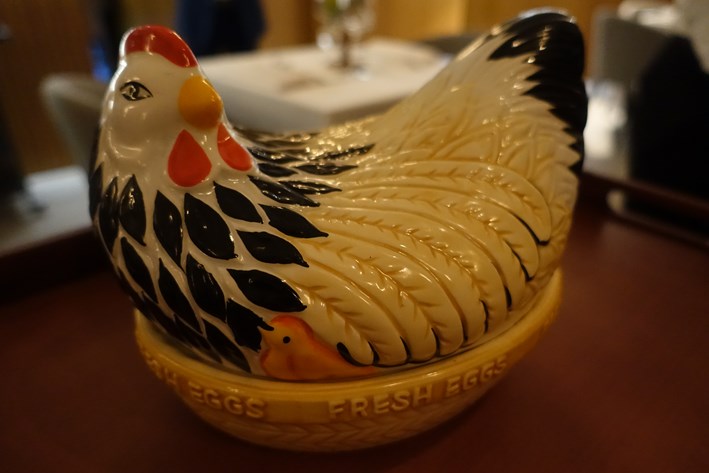
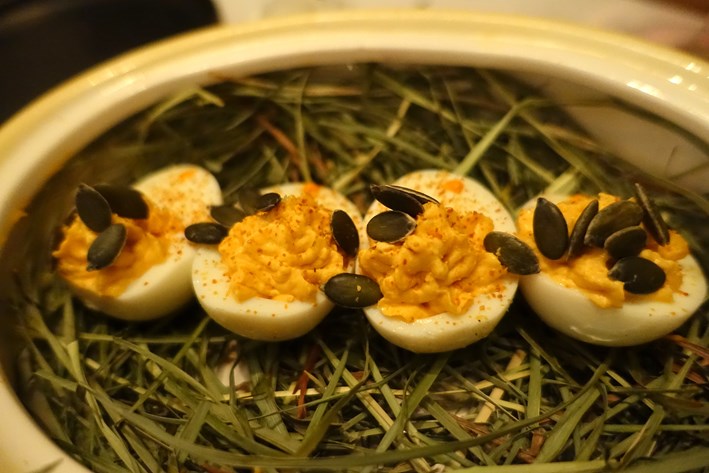
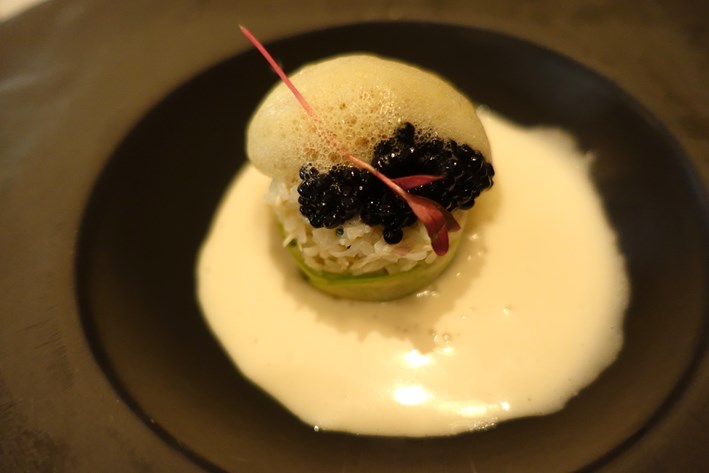
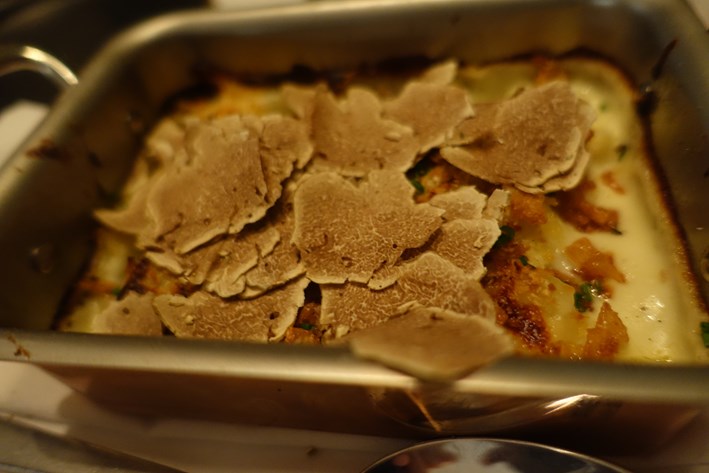

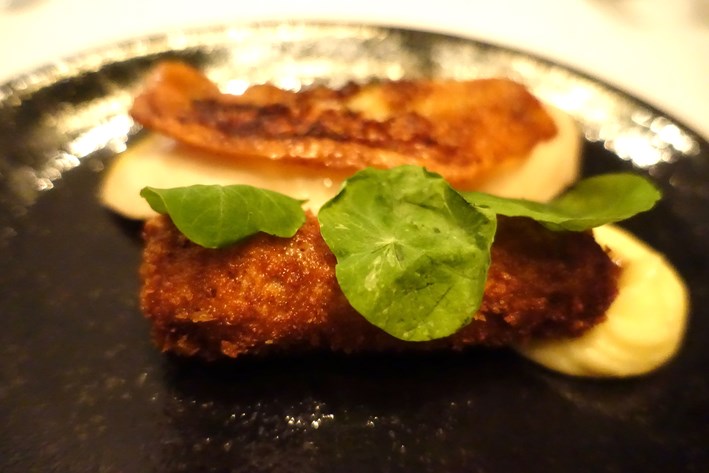

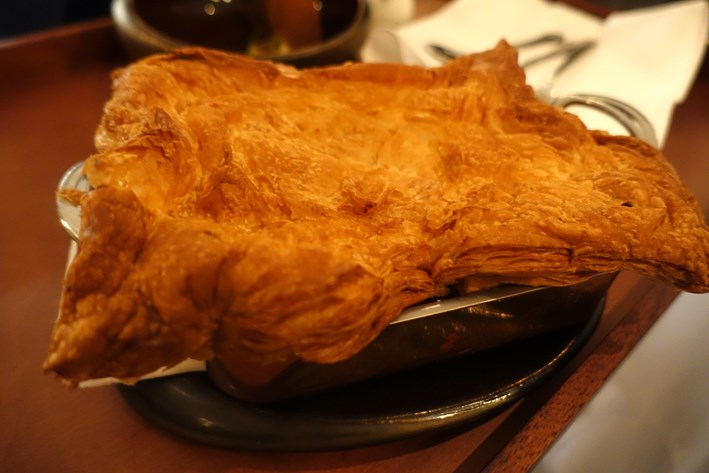
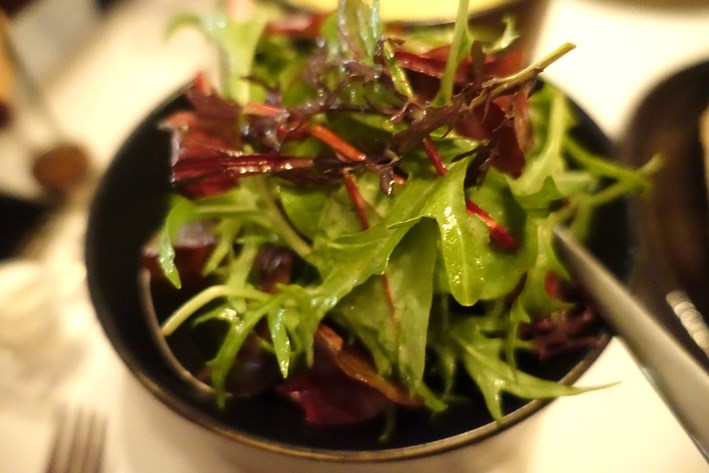

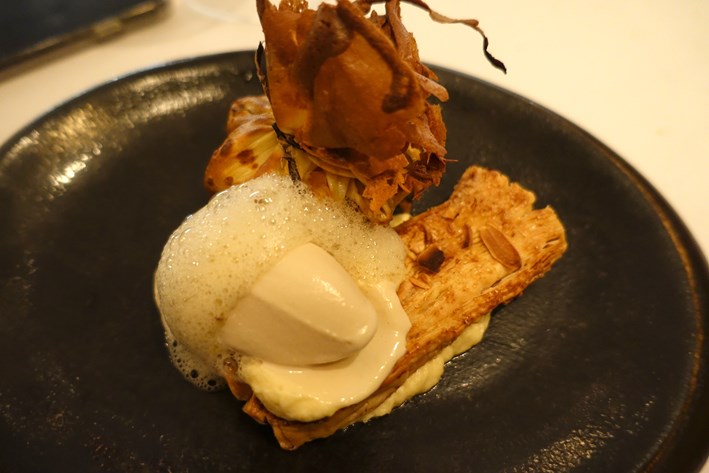
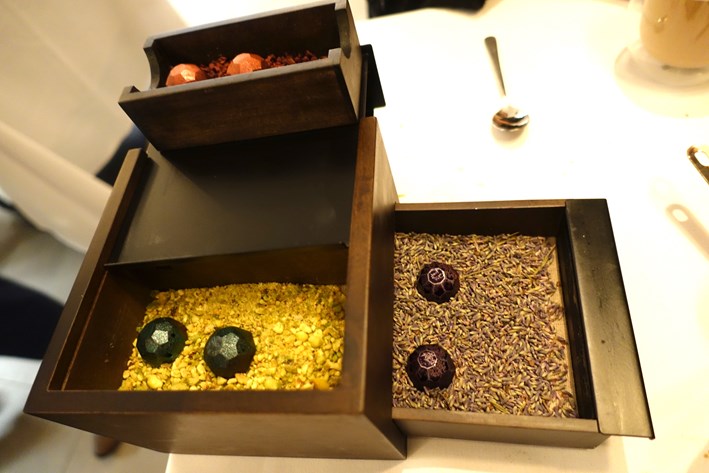

Add a comment
Thank you for submitting your comment, this will be checked and added to the website very soon.
User comments